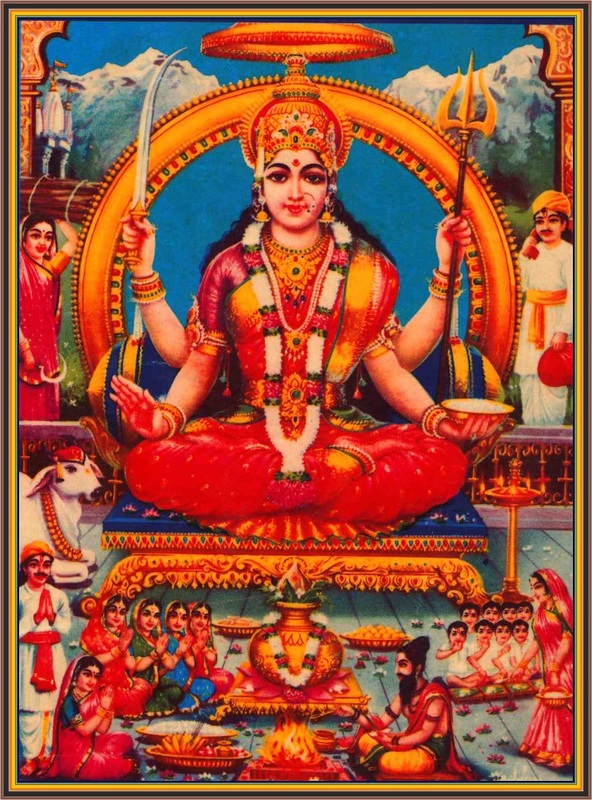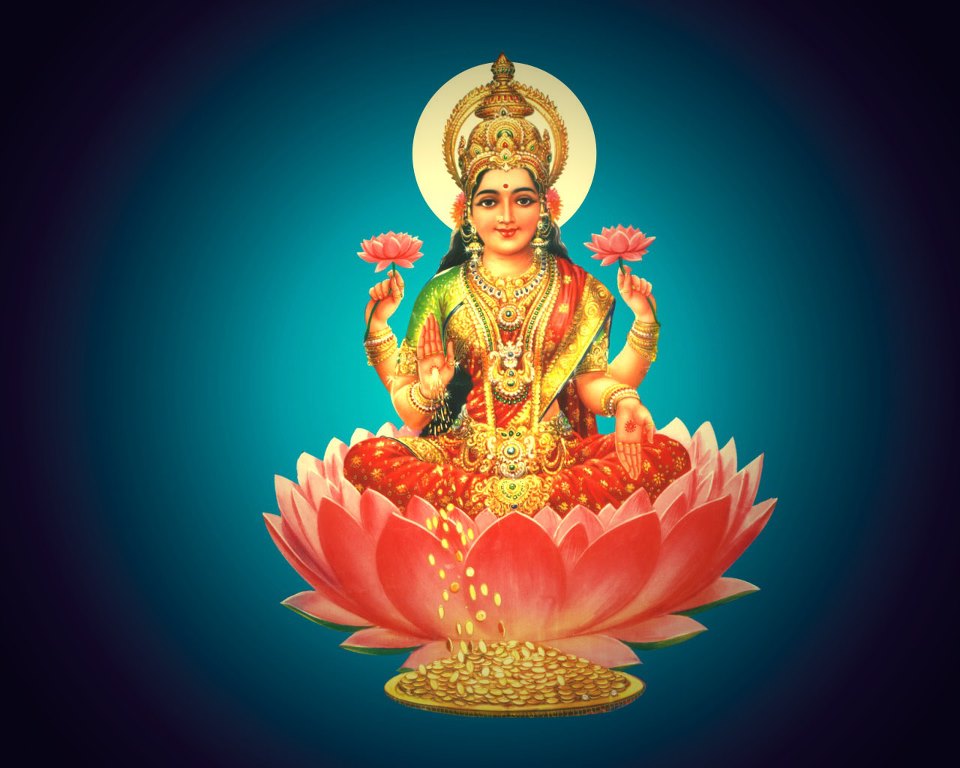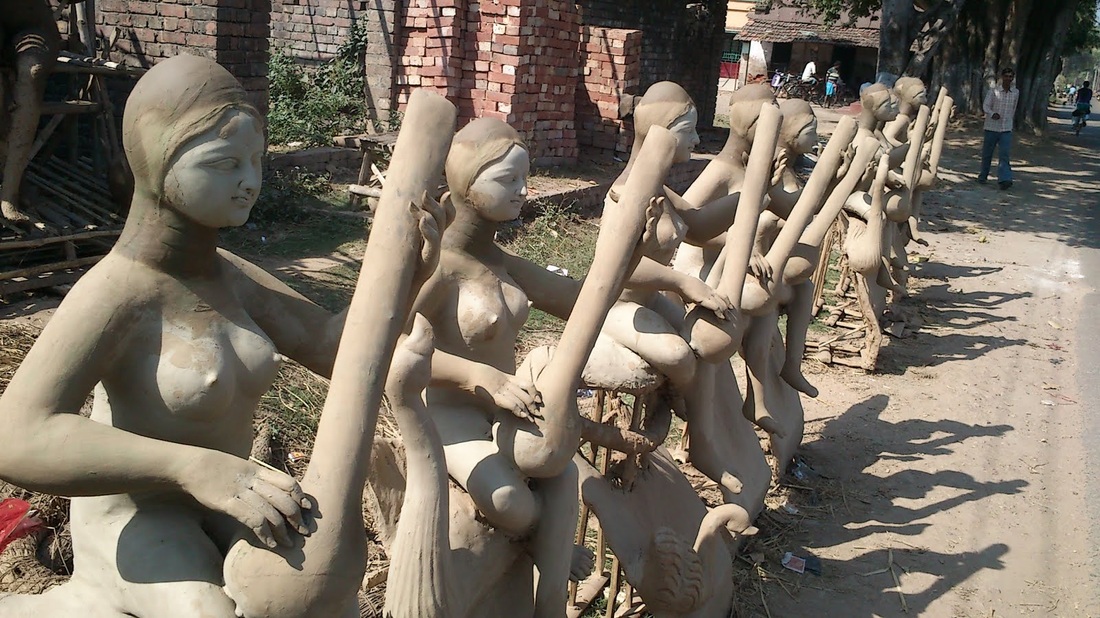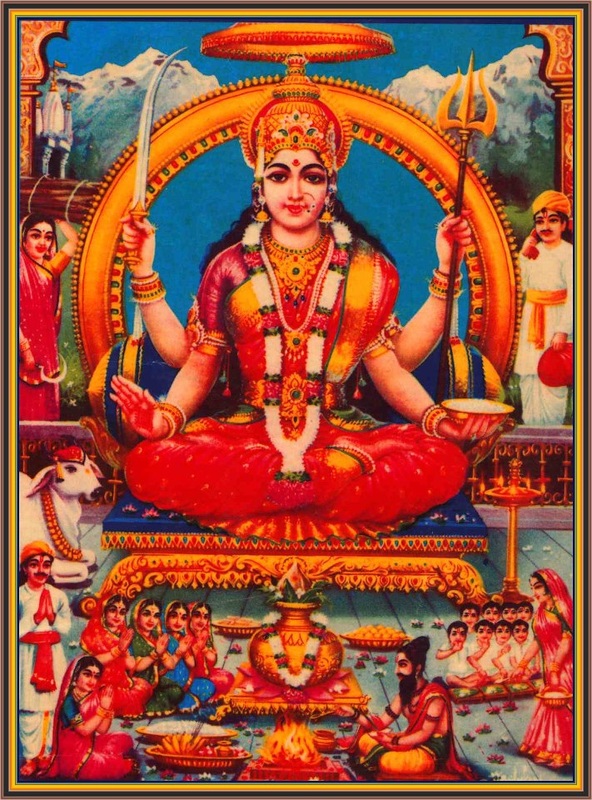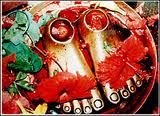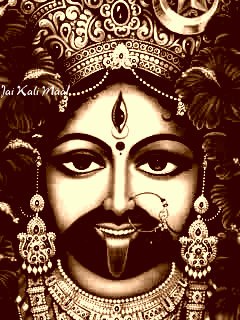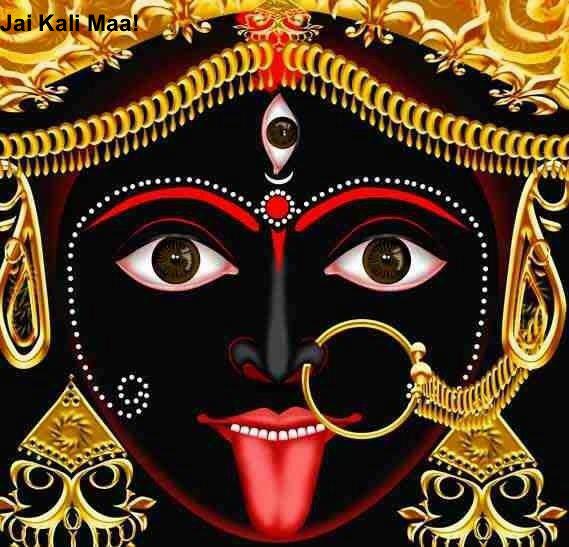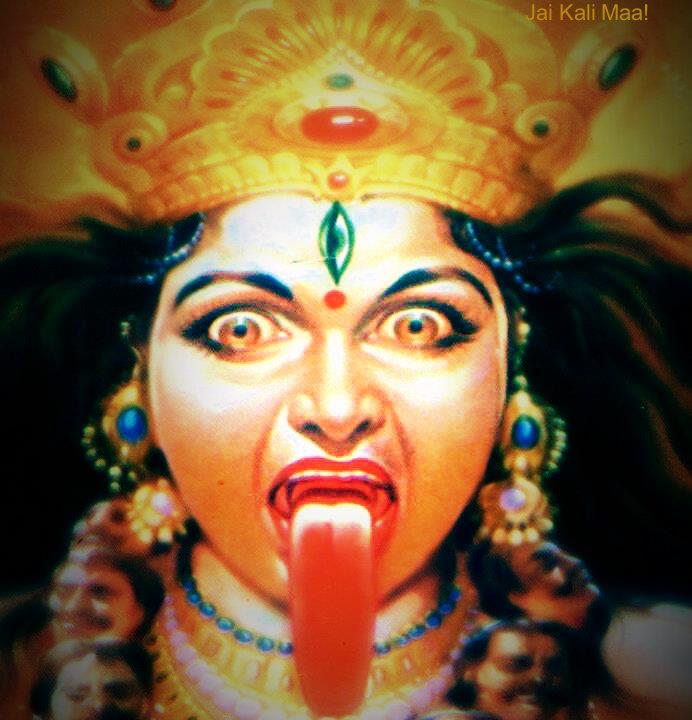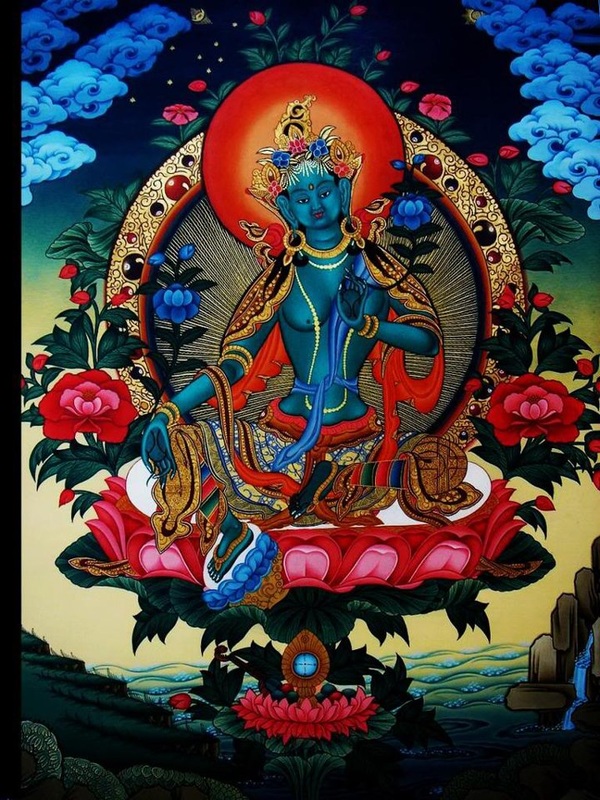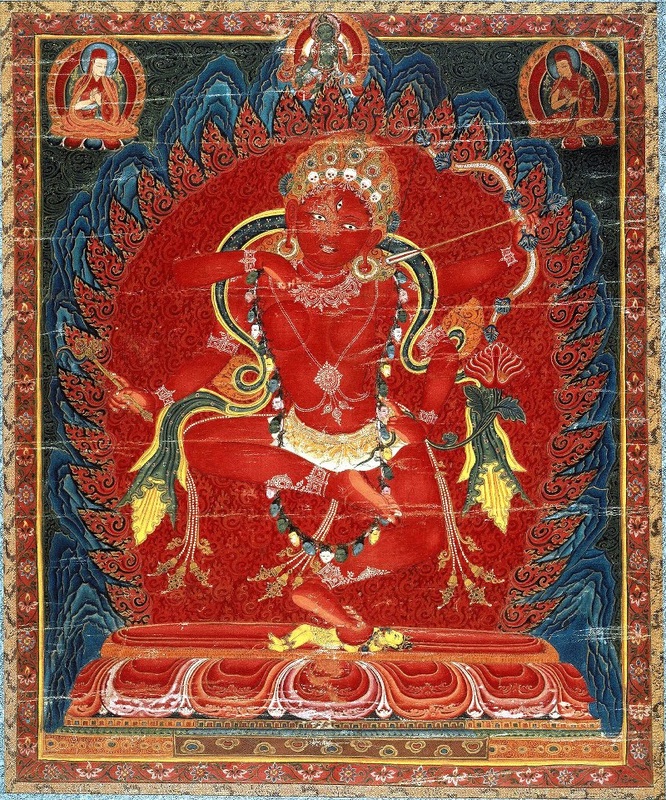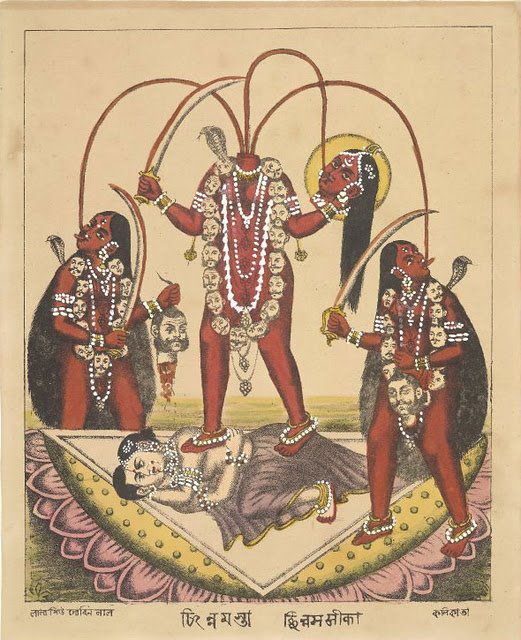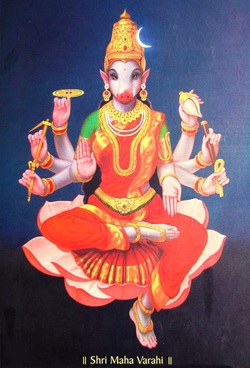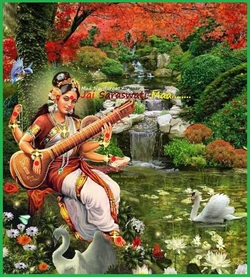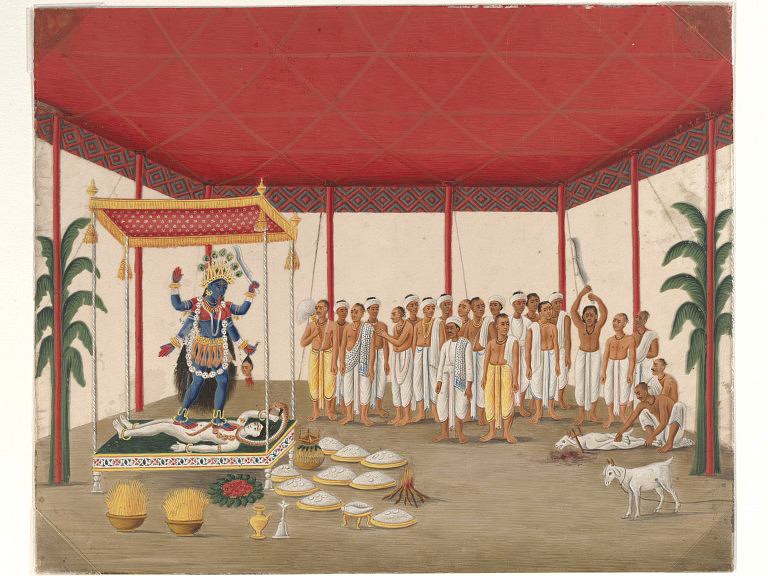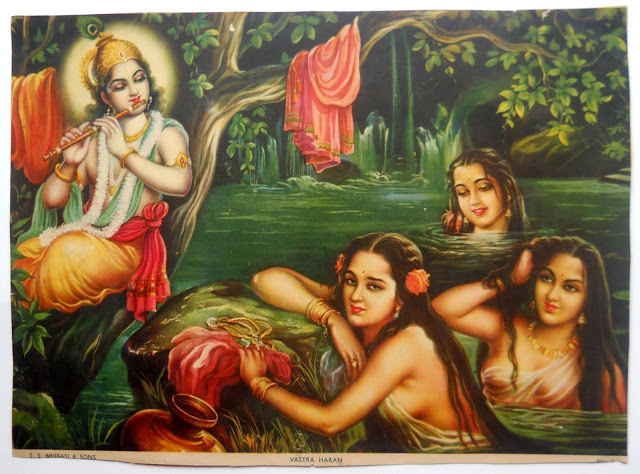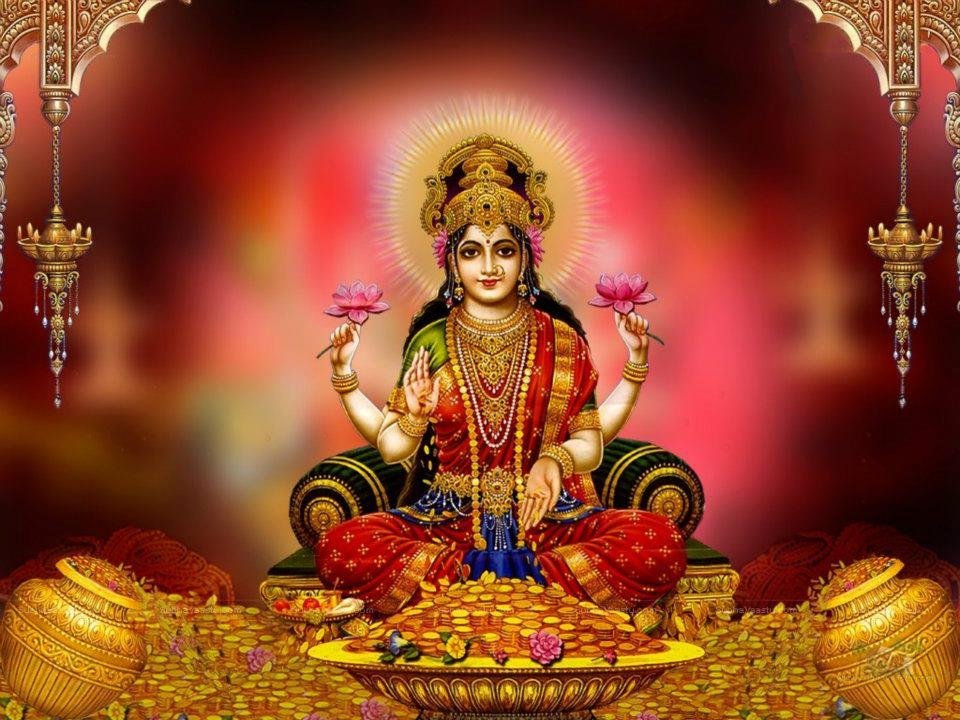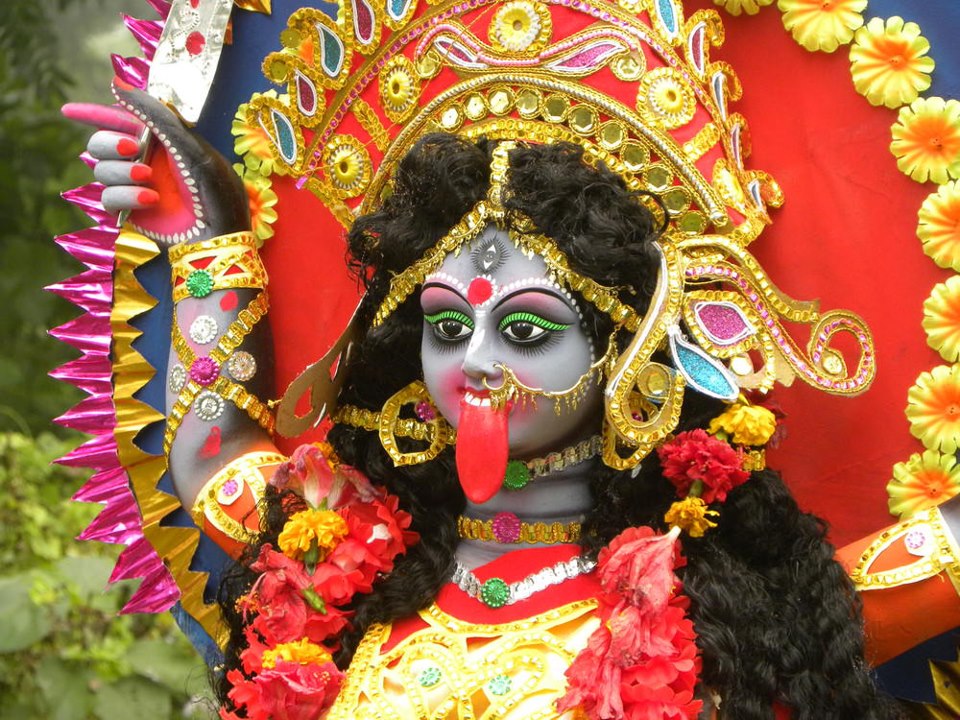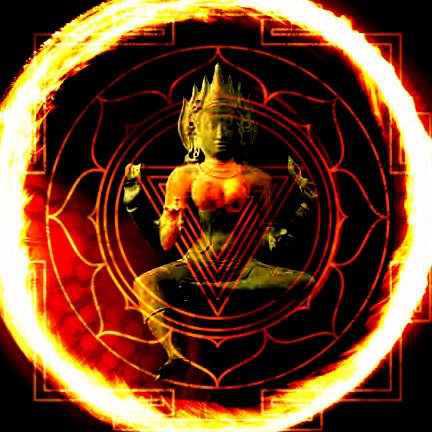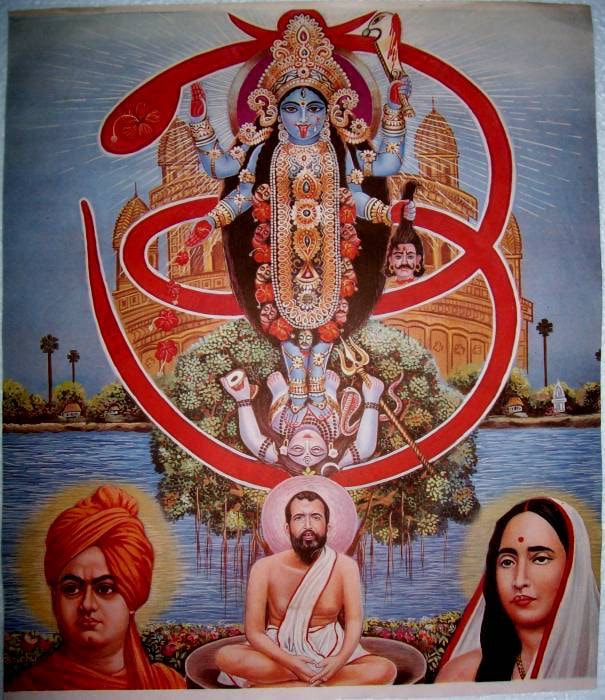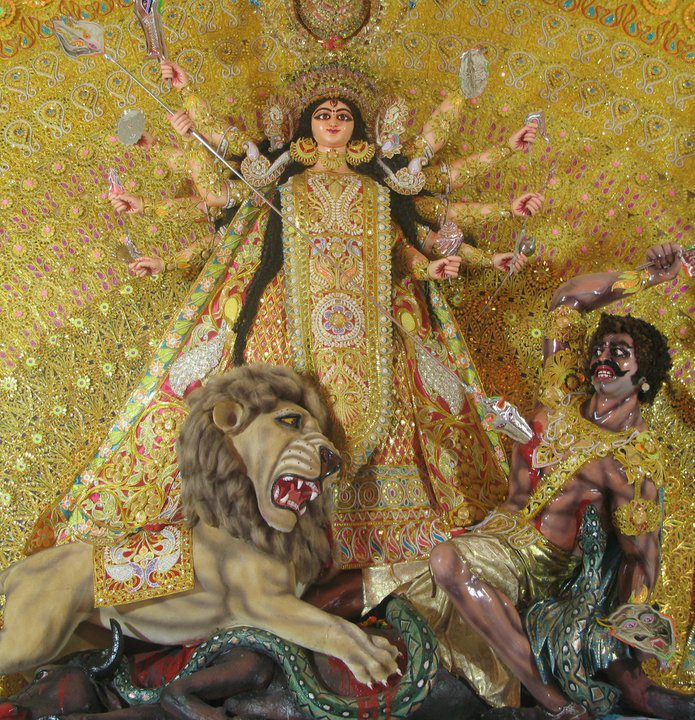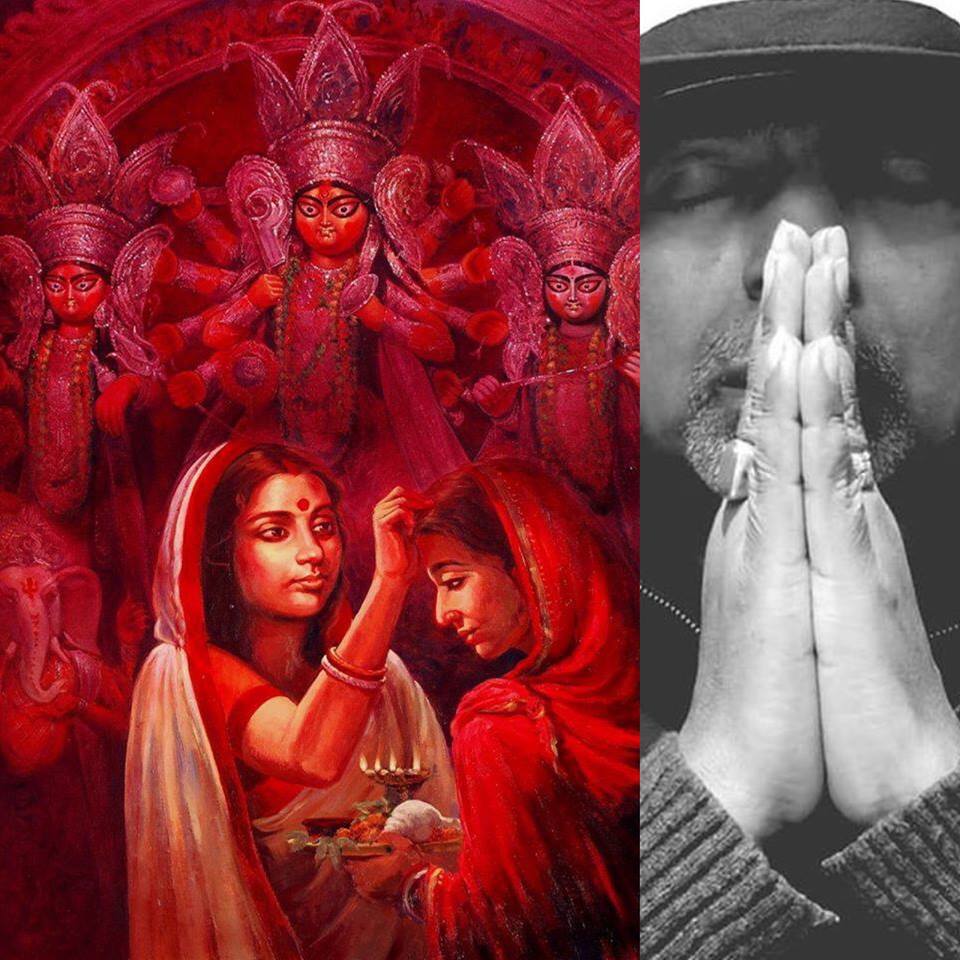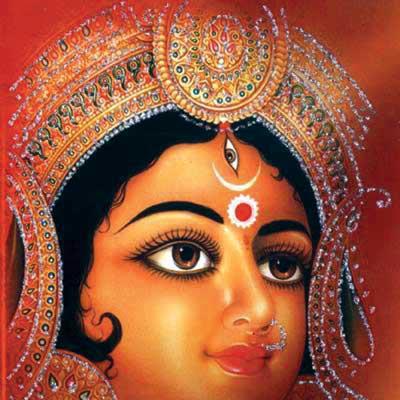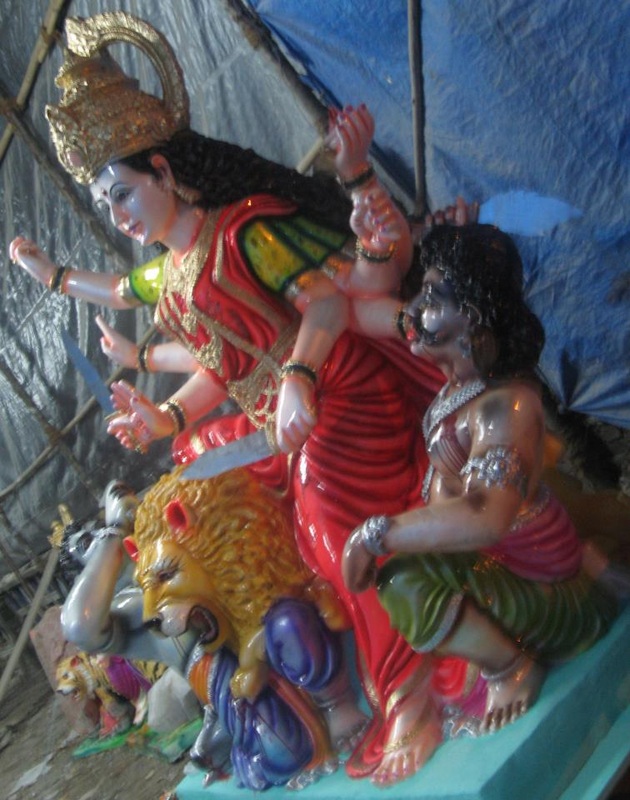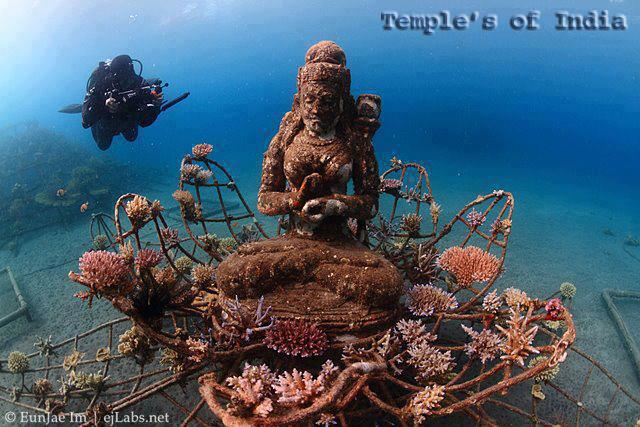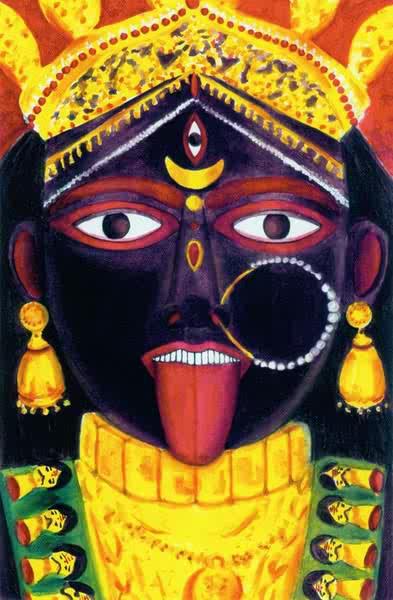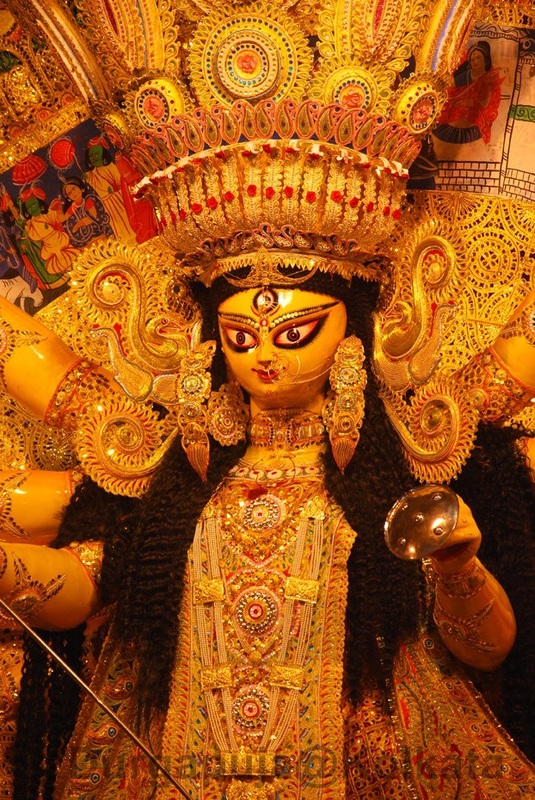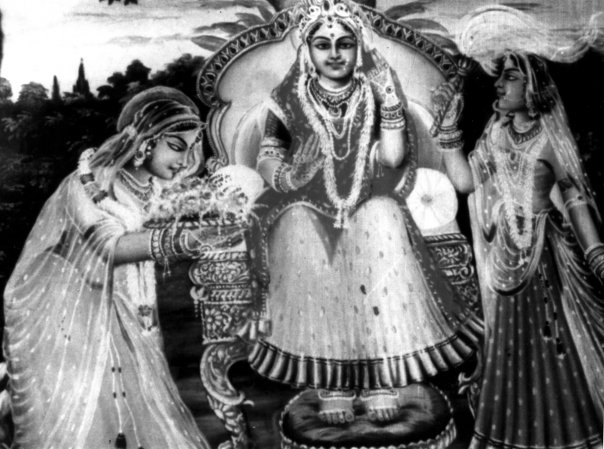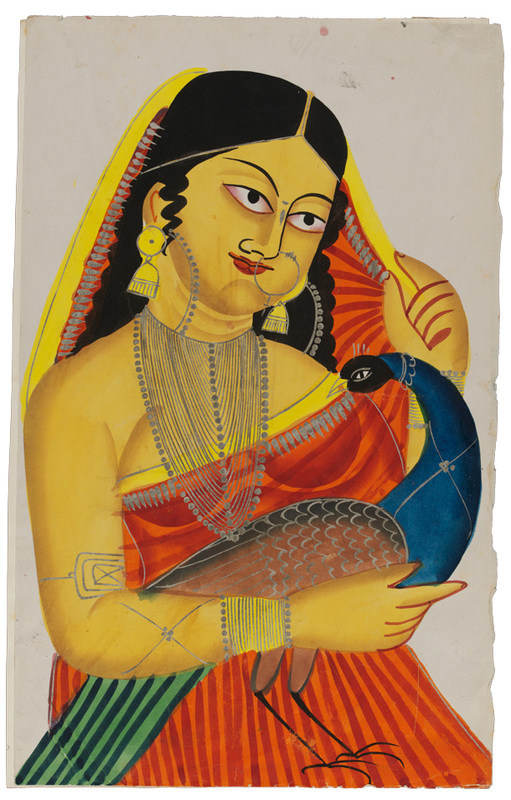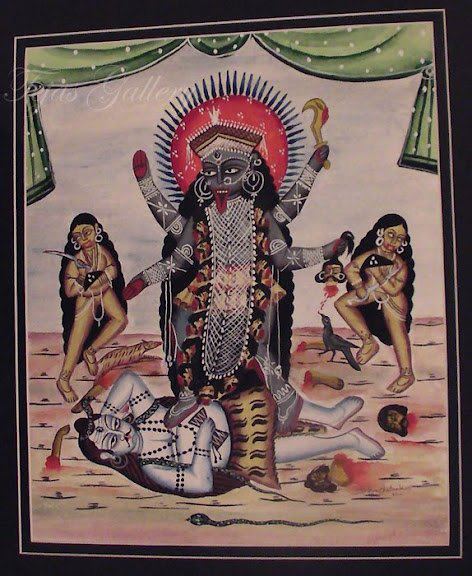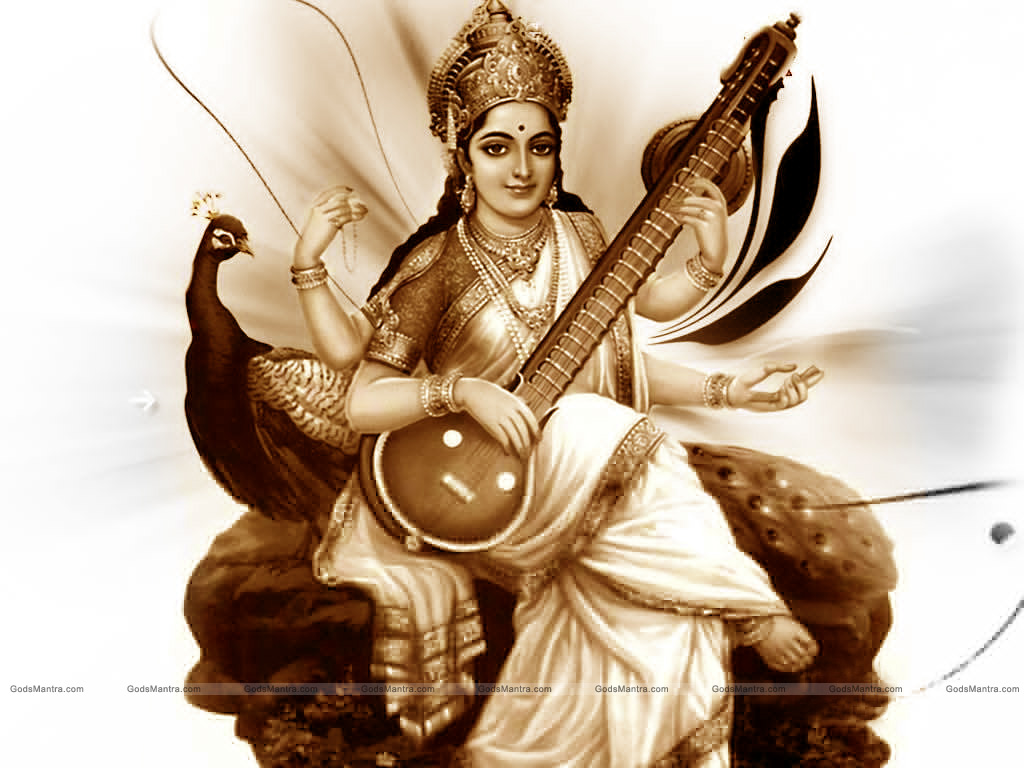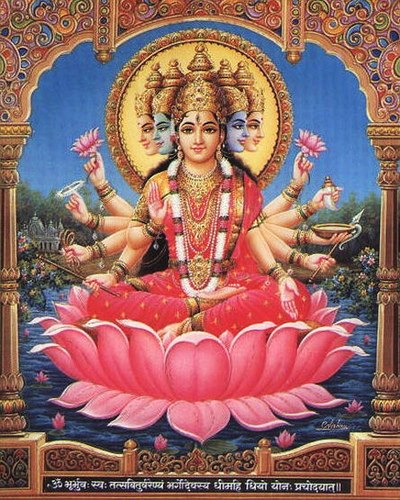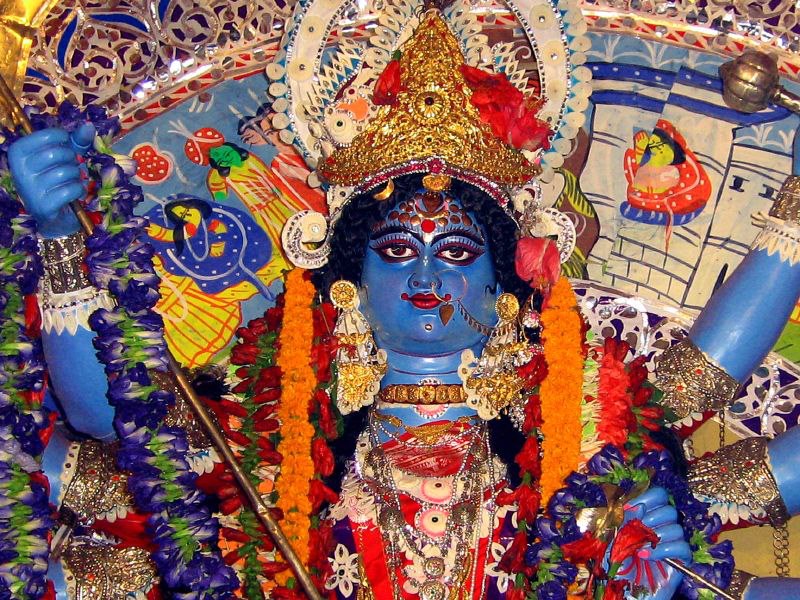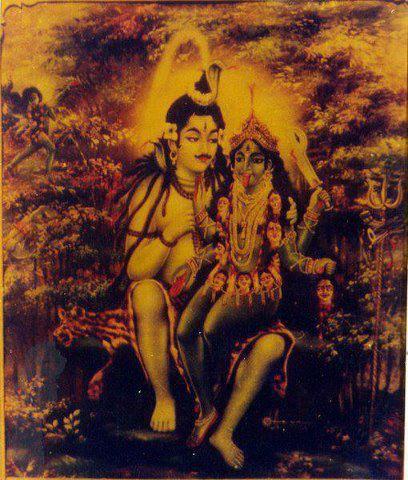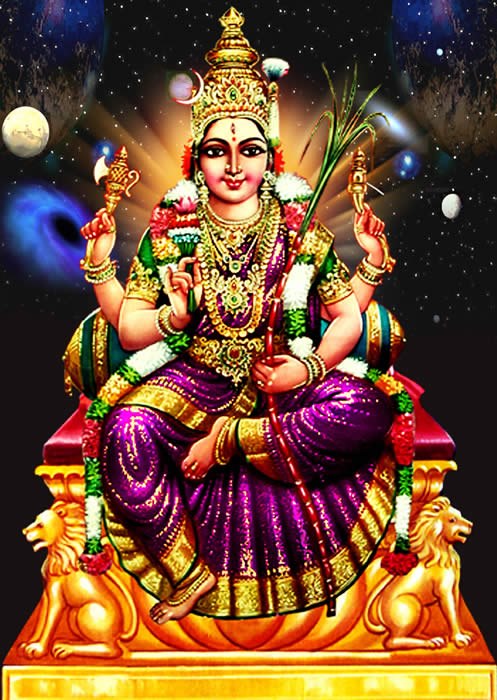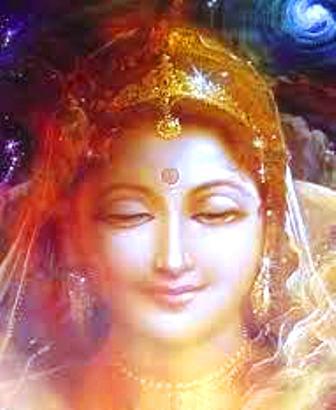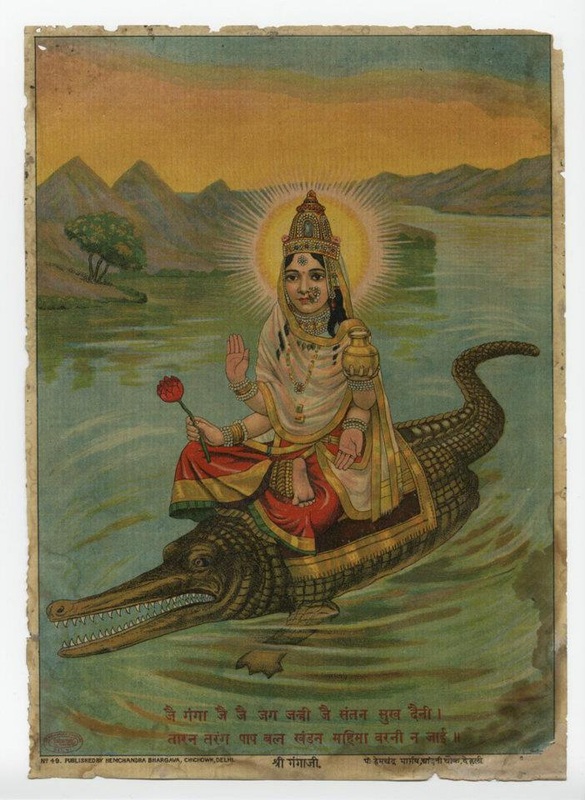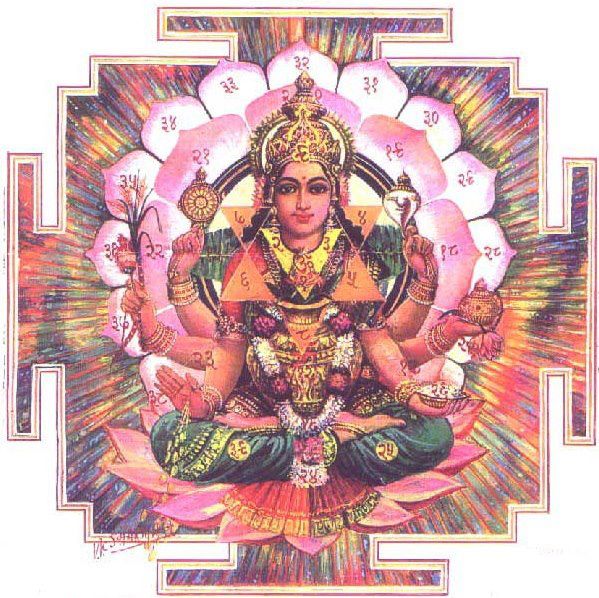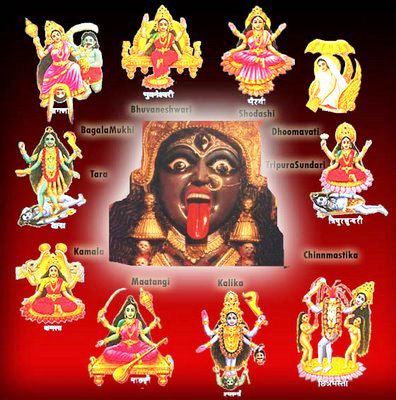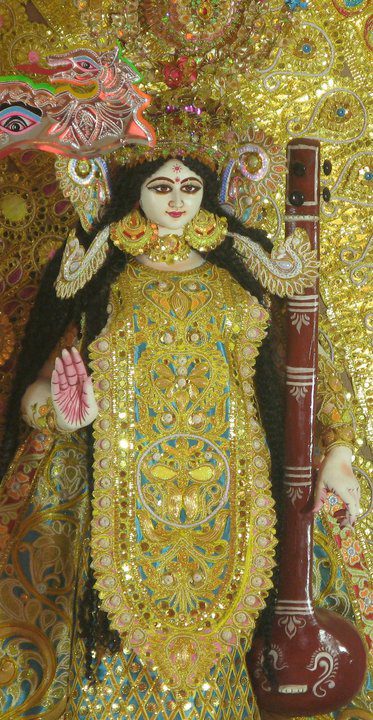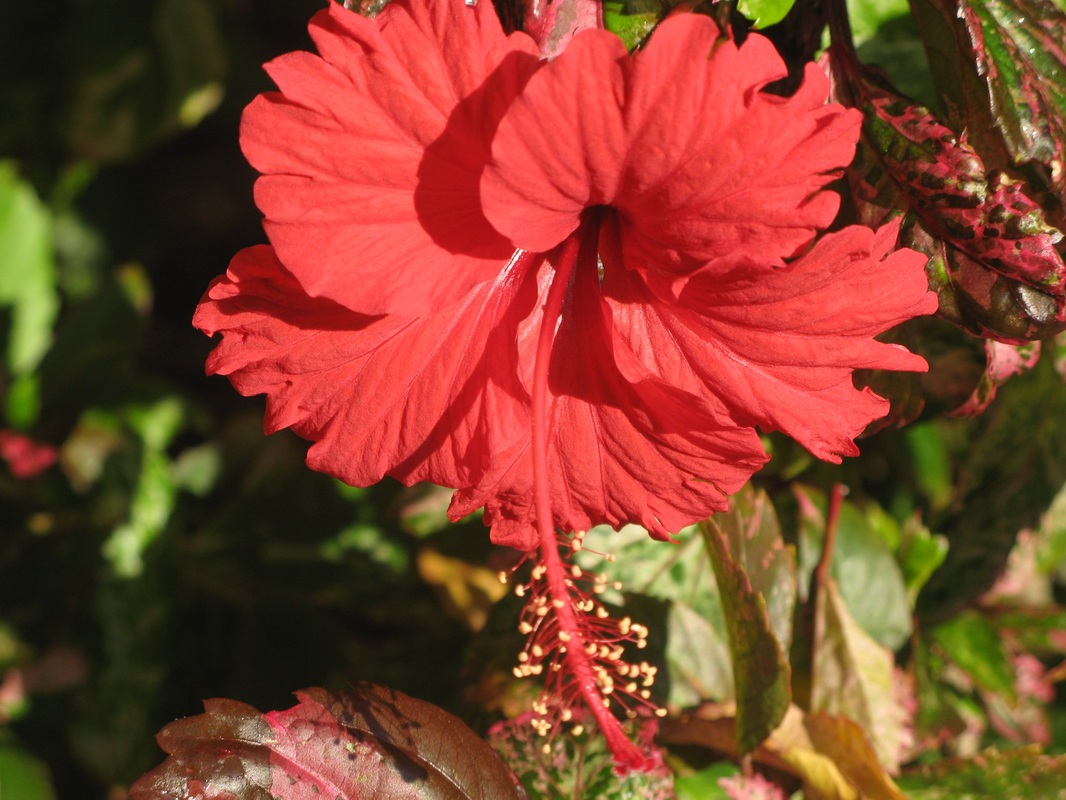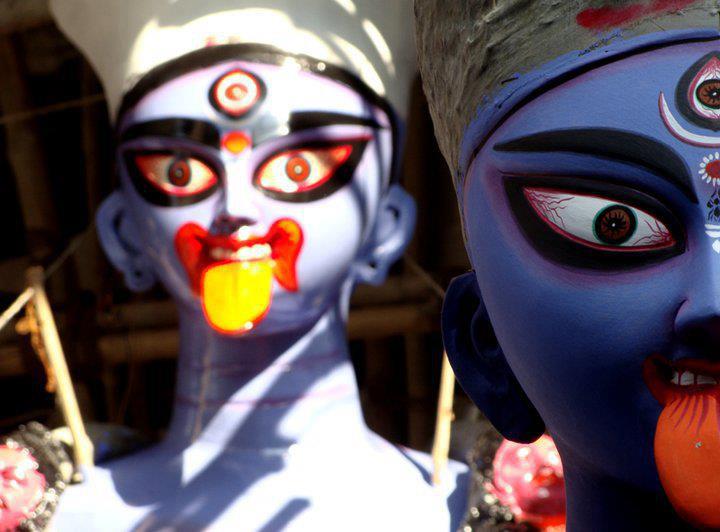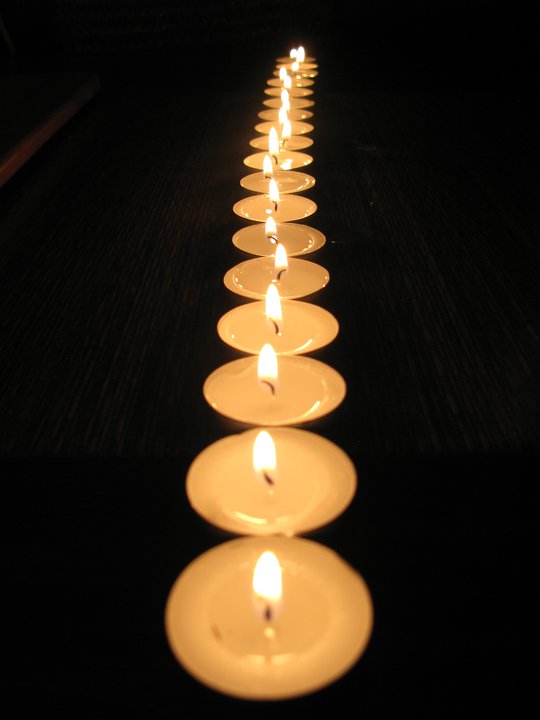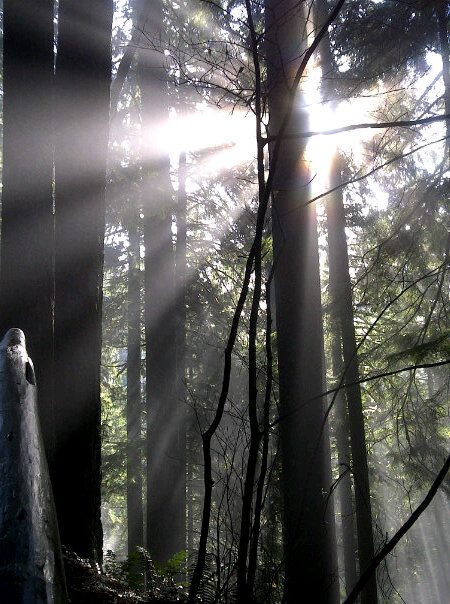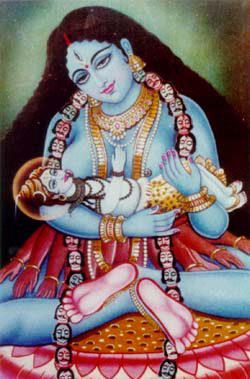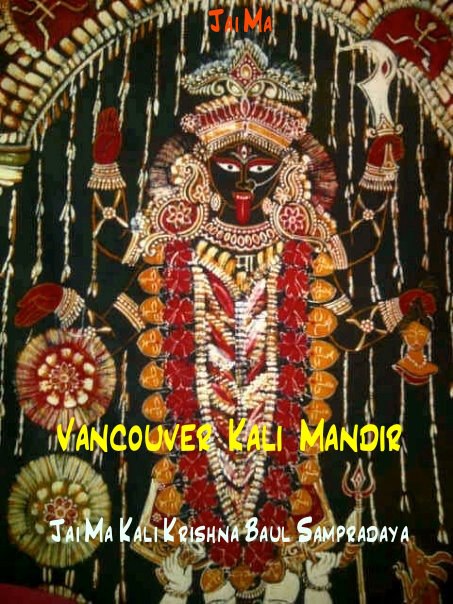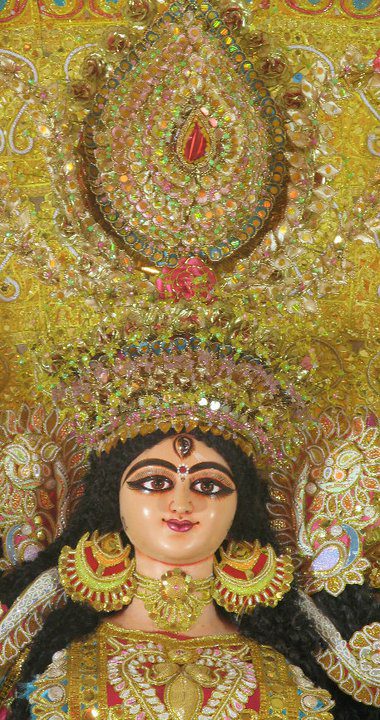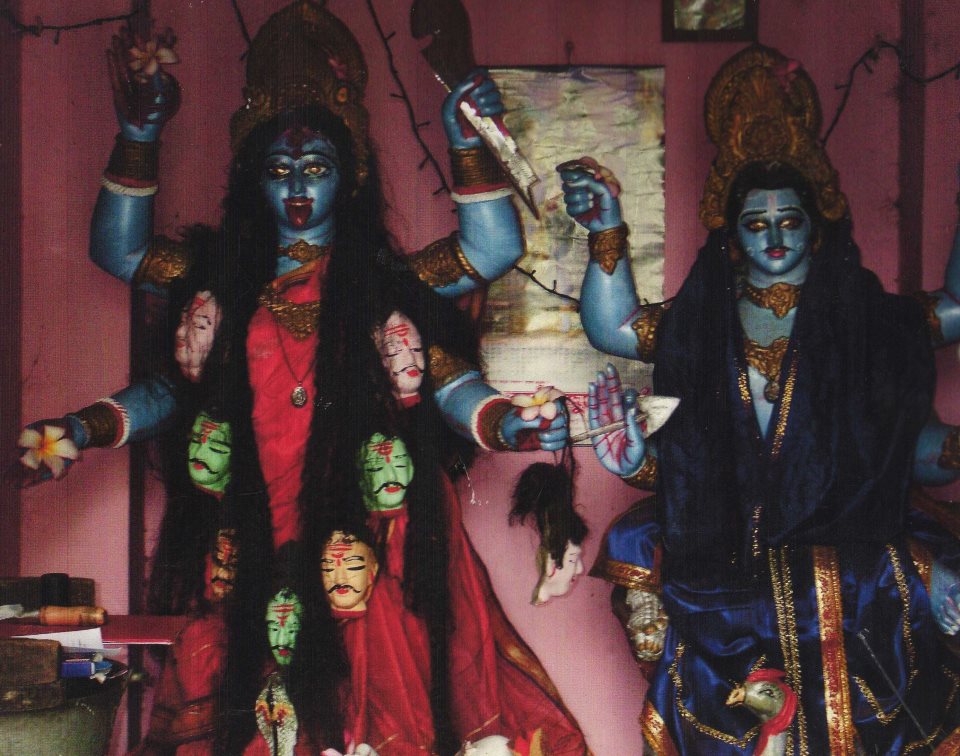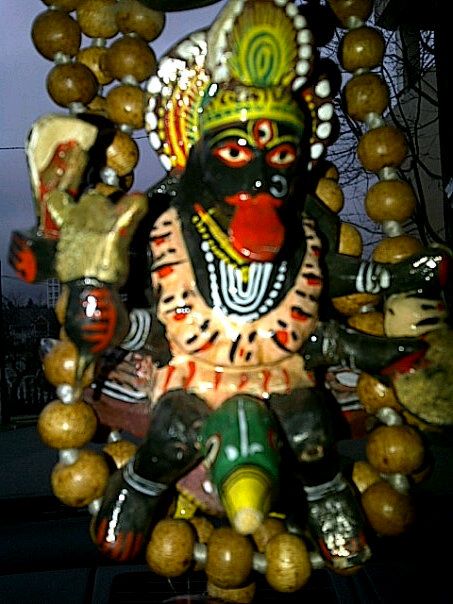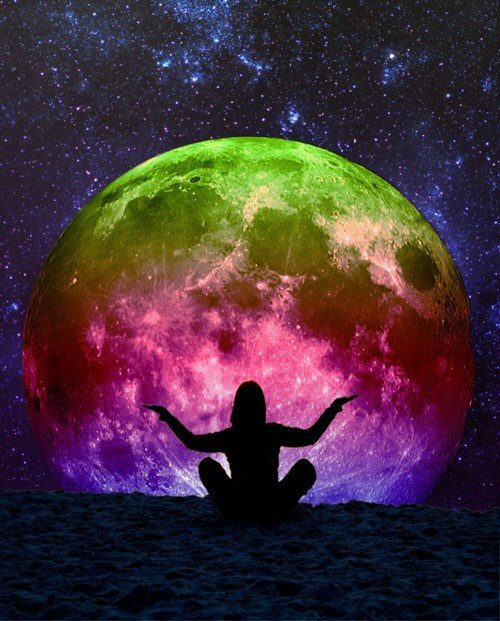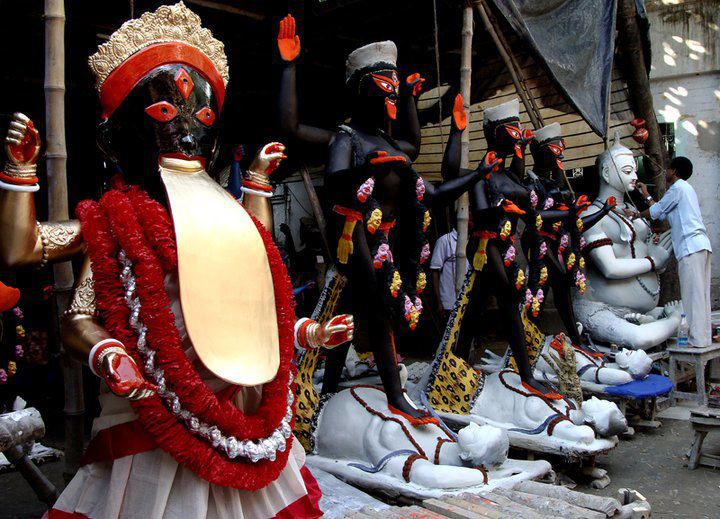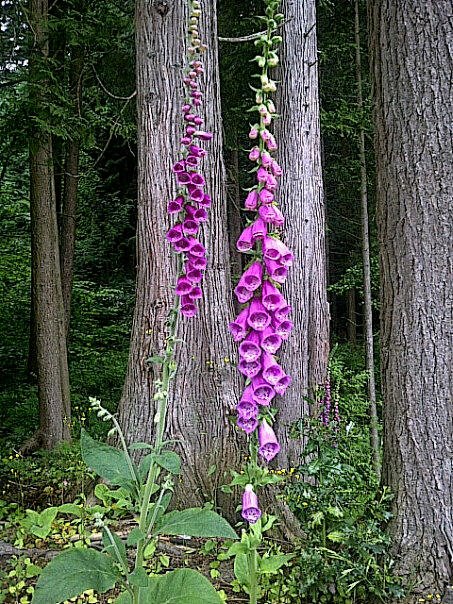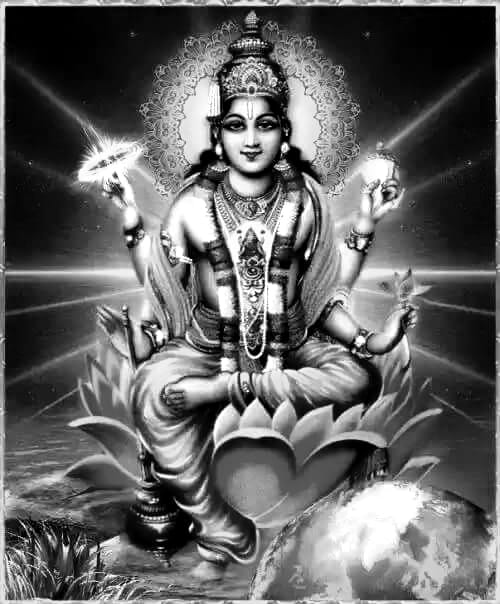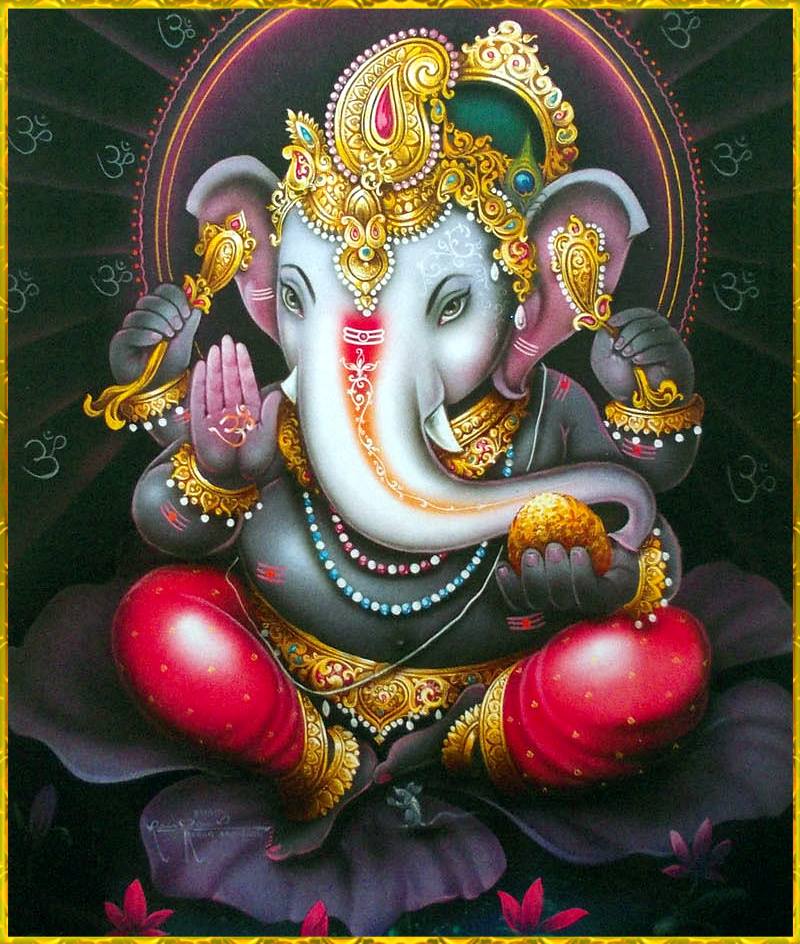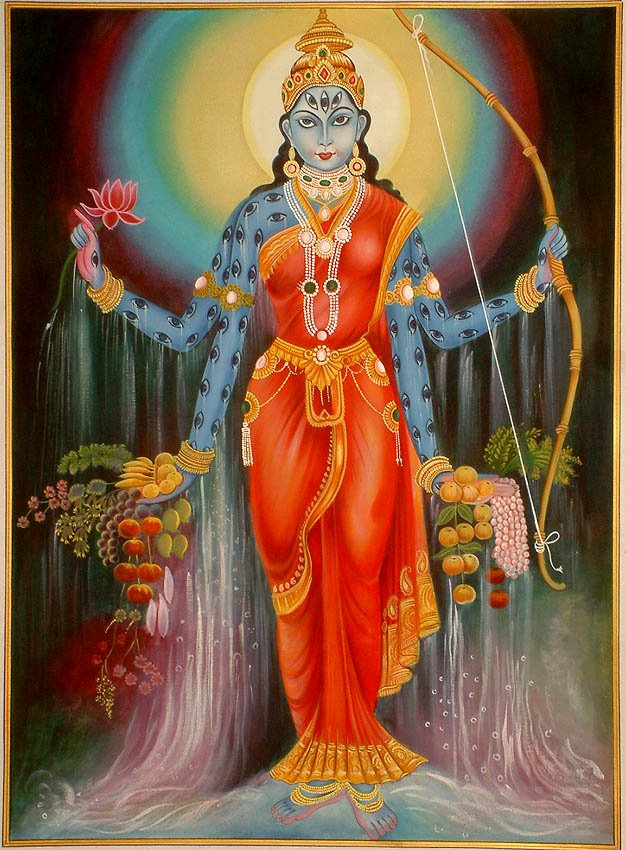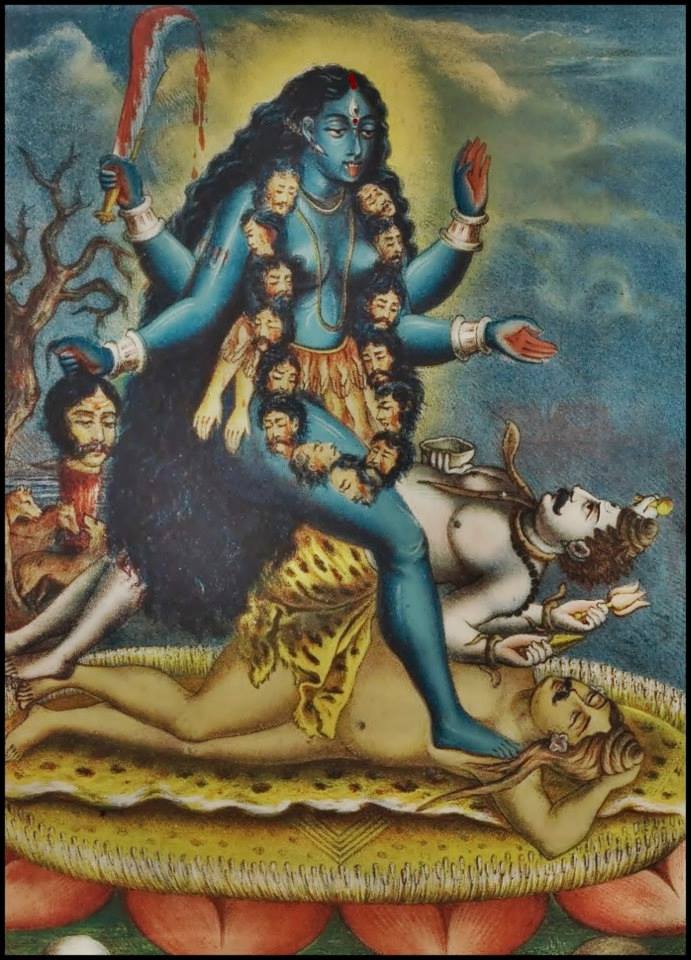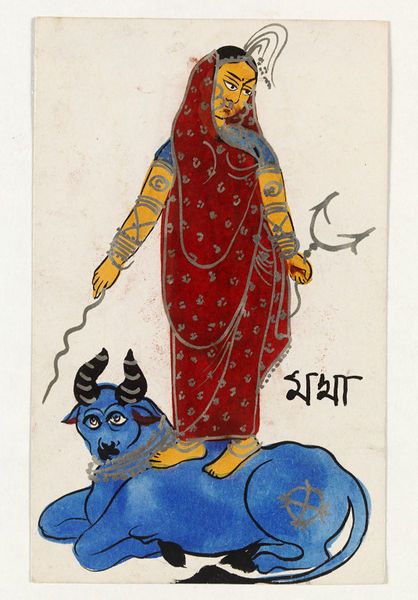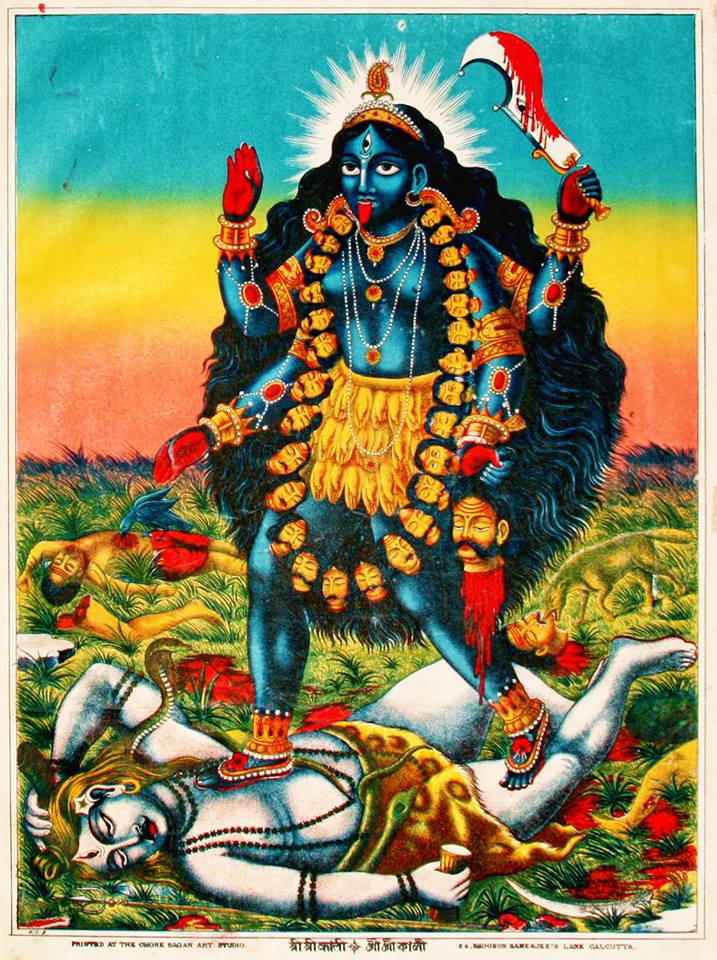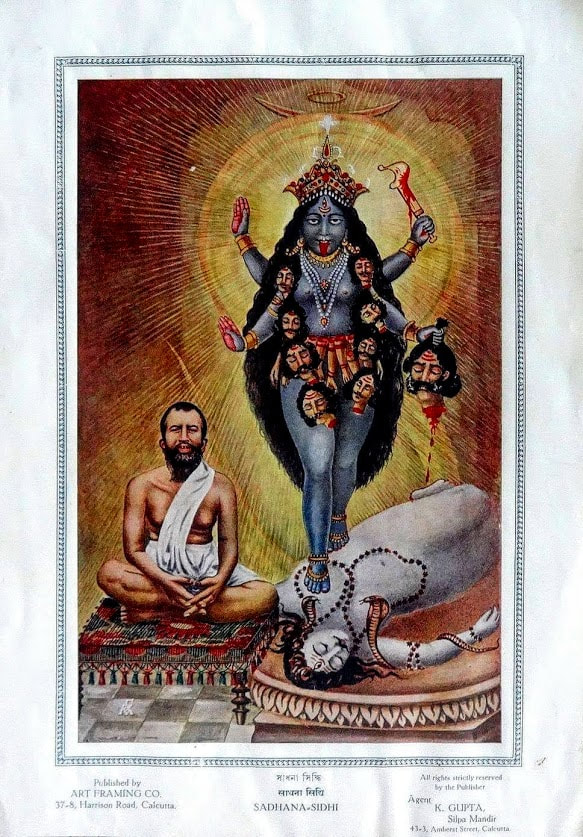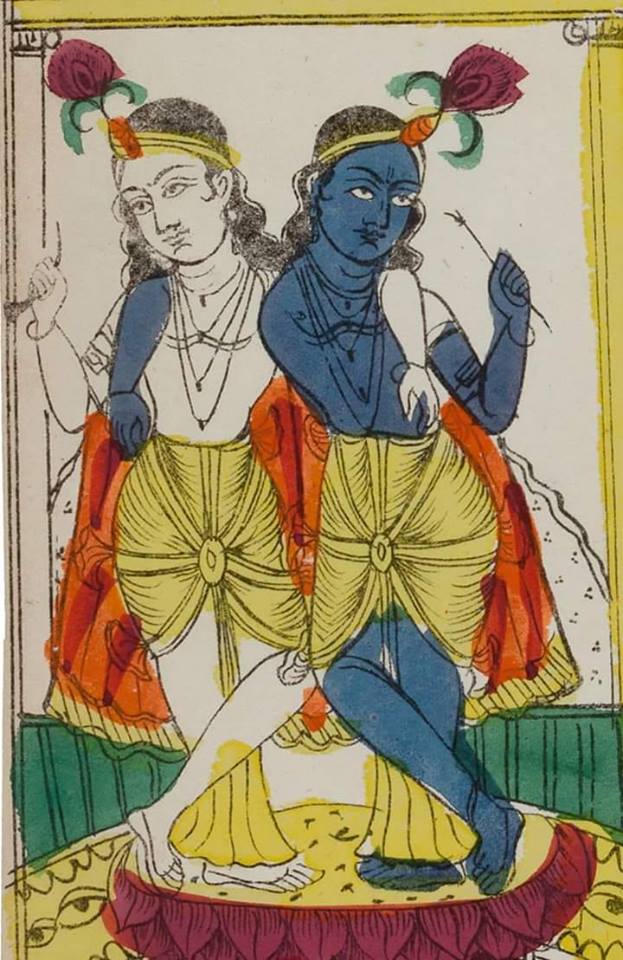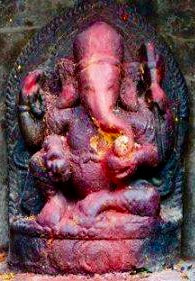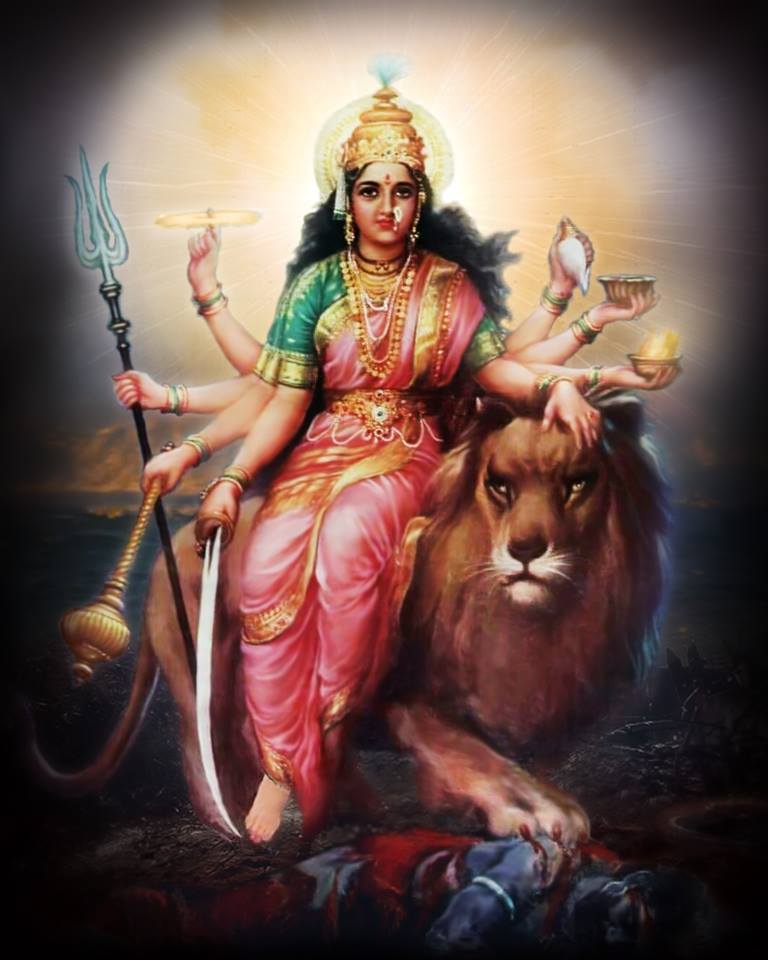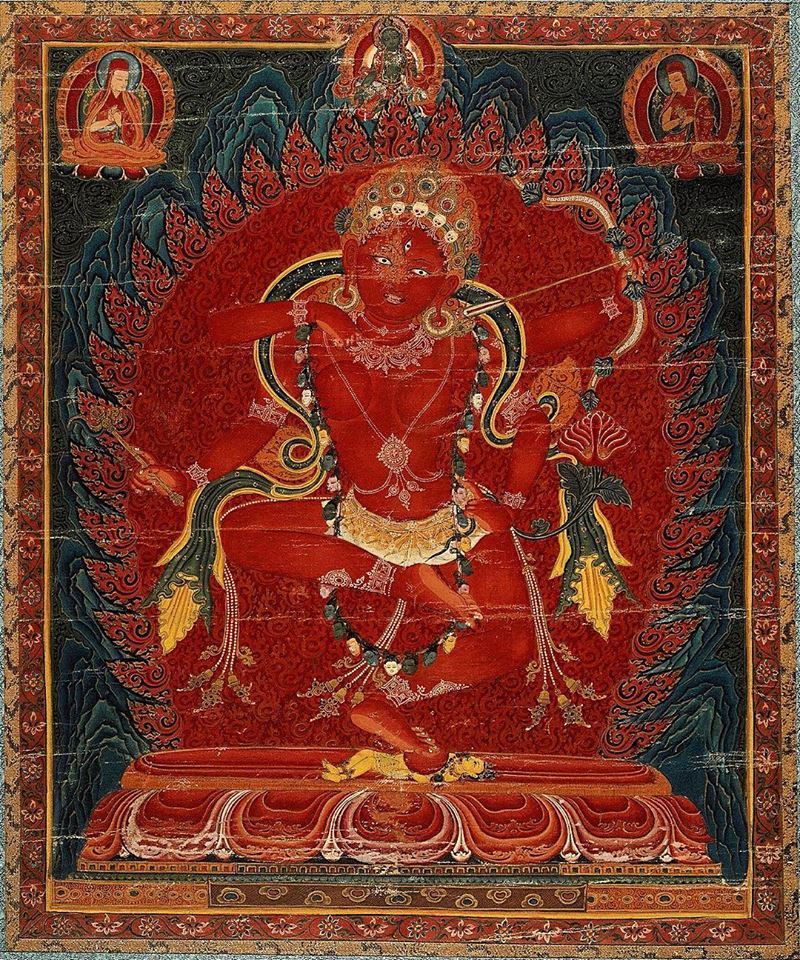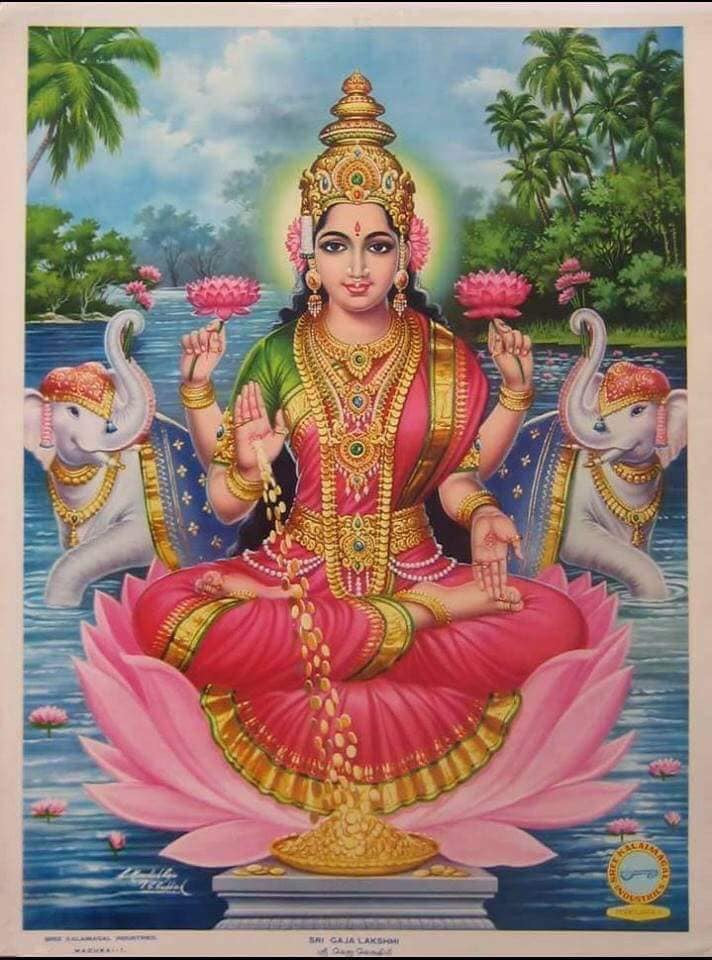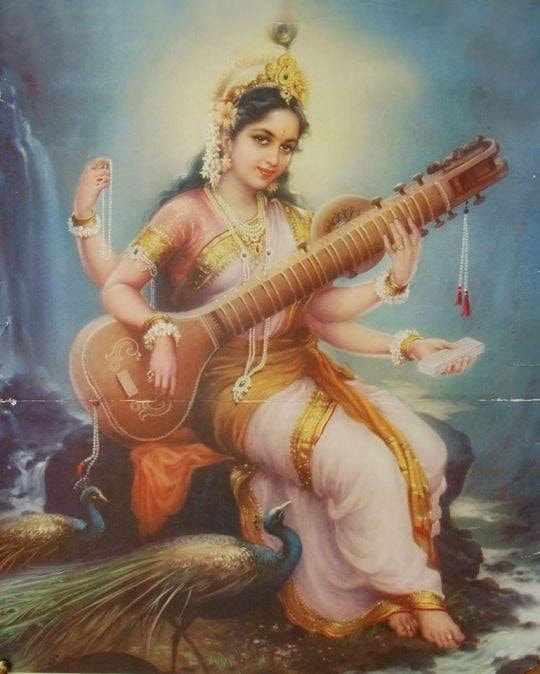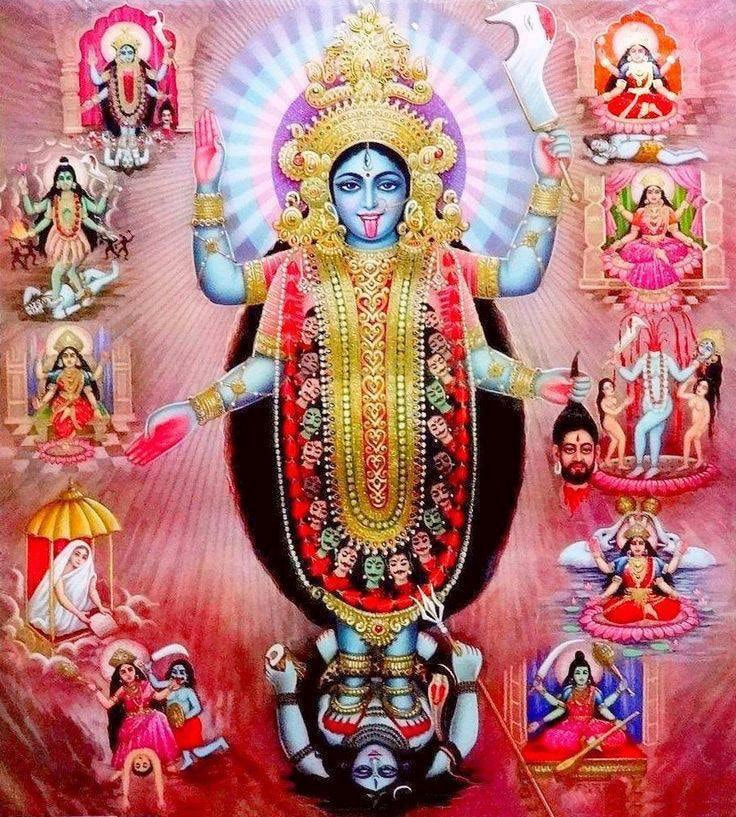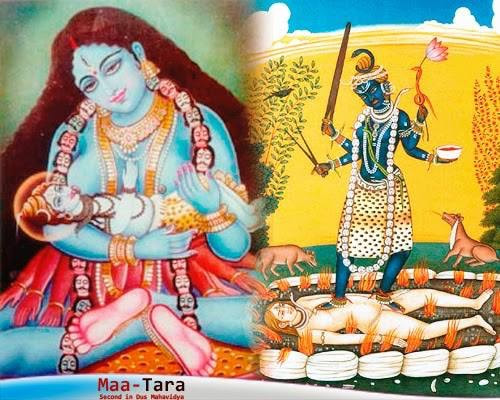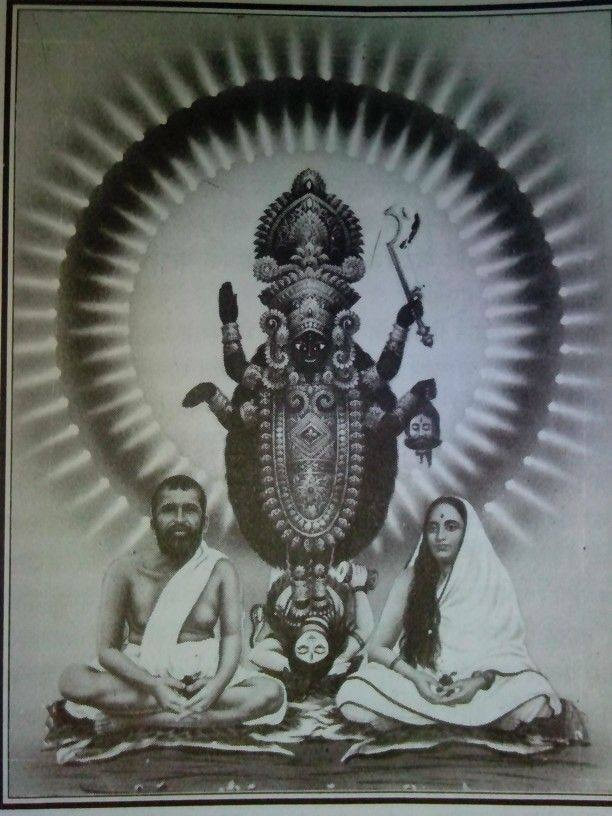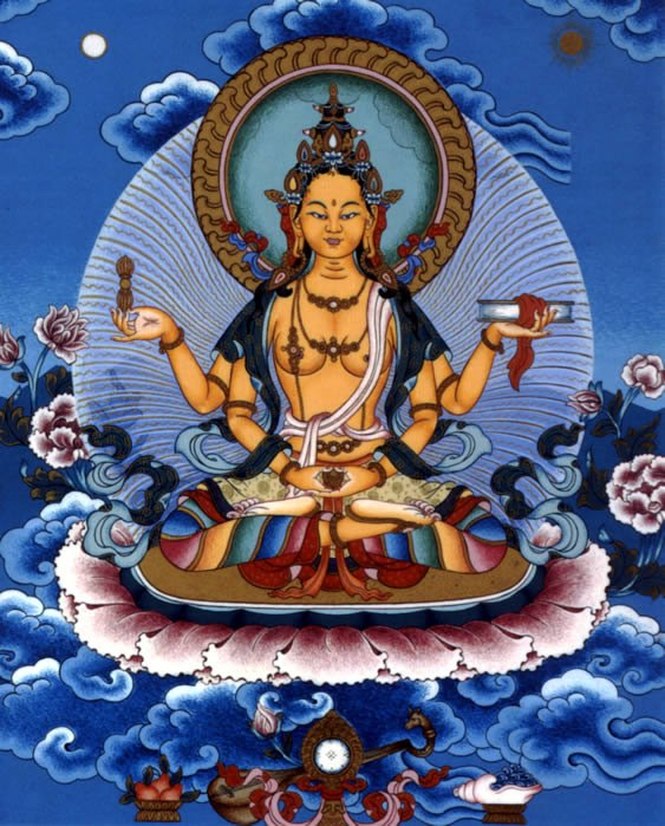
It is said that the great Buddha meditated on Prajnaaparamita - the Mother of all the Buddhas, along with all others. She is the Adi Shakti, the Divine Feminine found in all the Holy Scriptures. In Tibet Prajnaparamita is known as Yum Chenmo or the ‘Great Mother’ and features prominently in the Chod dharma system created by one of the most well-known yoginis Machik Labdron.
Tara is perhaps the greatest and certainly the most accessible of the emanations of Prajnaparamita and is likewise known as the Mother of all the Buddhas. The meaning of her name in Sanskrit is Perfection of Wisdom’. Prajna means wisdom and Paramita means perfection. She is said to be the essence of Mahayana Buddhism and its practice to comprehend the inner spiritual workings of the Bodhisattva Path.
DEPICTION: Prajnaparamita is seen sitting in the lotus position, raised their hands in a sign symbolizing the revolving of Wheel of the Law. Goddess Prajnaparamita is decorated with a huge array of jewelry, including a caste cord, armlets, bracelets, finger and toe rings. She is sometimes depicted with many arms, and the items held are symbolic of her role as teacher. Meditation beads represent the eternal cycle of time; a rope is to retrieve those who have strayed from the path; fruit represents prosperity; lotus is purity; vase is abundance and most importantly, a book symbolizing wisdom. Hands that are not holding objects are in the mudra, or hand gesture, for teaching.
INDONESIA: Mahayana Buddhism took root in ancient Java Sailendra in the 8th century CE. Prajnaparamita was the first queen of Singasari, from whom all kings of Singasari and Majapahit move down. By the 13th century tantric Buddhism gained royal patronage of King Kertanegara of Singasari. Prajnaparamita is just similar in importance to liberator and Mother Goddess Tara. In the Mahayana tradition, the goddess Prajnaparamita denotes femininity.
PRAJNAPARAMITA SUTRAS: Researchers propose that Mahayana Prajnaparamita teachings were developed by Catikas. They were a subsect of Mahasamghikas. The Catikas were from Mathura and Andhra regions in India. There is evidence of the Mahasamighas orifinating in Mathura. The Cattkas also gave rise to Aaparasailas and Uttarasailas subsects. Together they comprised an important part of the Mahasamghika located in Southern India. The Prajnaparamita Sutra is said to have originated in the Andhra region along the Krishna river.
Apparently when the Buddha taught the Prajnaparamita, the Nagas had taken a portion back to their realm. Nagarjuna, a pioneer of the Mahayana tradition, he is said to have gone with nagas-dragons under the sea and discovered a vast treasure trove of Mahayana Sutras, among them the many versions of the Prajnaparamita Sutra. He is said to have studied the Sutra for fifty years and taught them throughout India. It is said that when Nagarjuna taught the Pranaparamita, six nagas came and formed an umbrella over his head to protect the sutra. Hence the iconographic portrayal of Nagarjuna. He later became the abbot of Nalanda University.
The original Prajnaparamita is the text called the Great Mother: the Prajnaparamita of one-hundred thousand lines. It purports to record the full audience give by Shakyamuni Buddha on Vulture Peak with the greatest explicitness and completeness ... Over the centuries various abridged versions have emerged. This Sutra suggests that all things are illusory. Tantric versions of the sutra were produced from the year 500 CE.
Hara Hara Mahadeva
(draft: Buddhism)
by Yogi Ananda Saraswathi
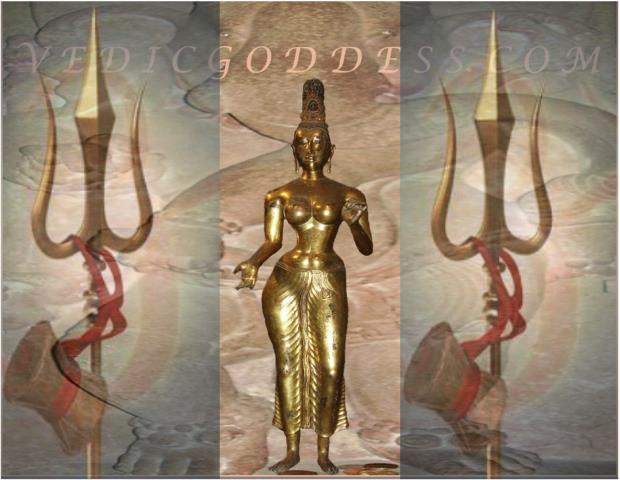
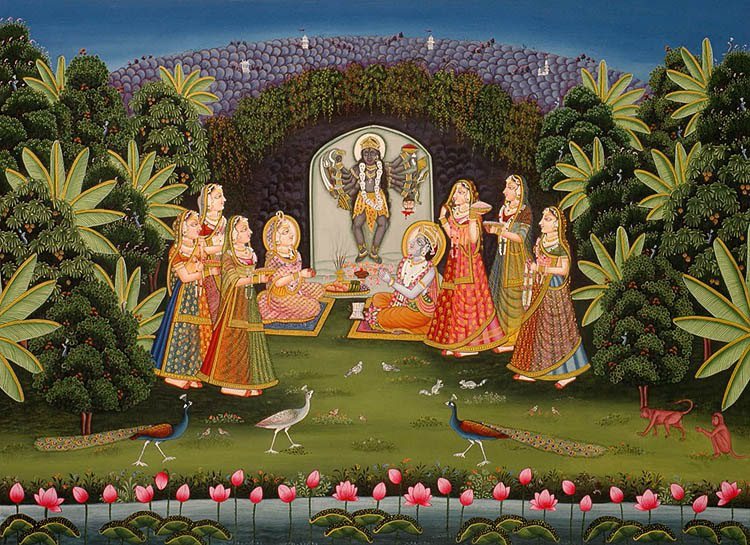

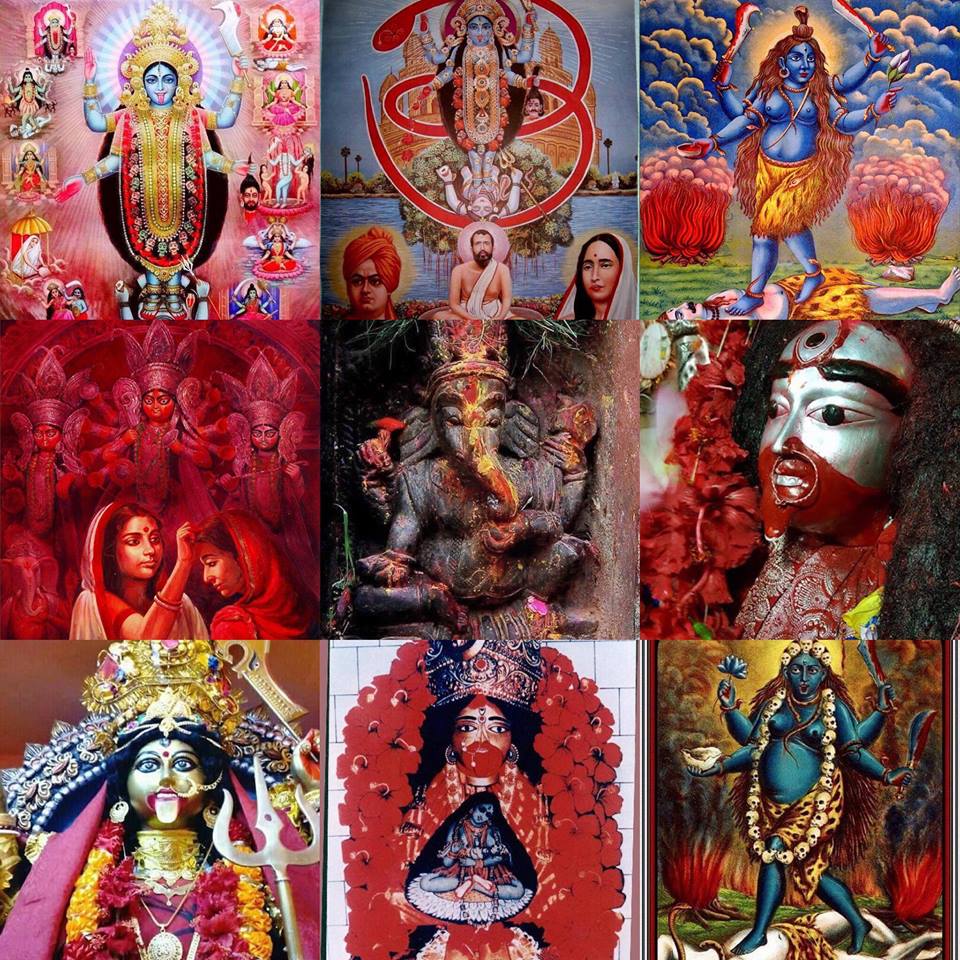
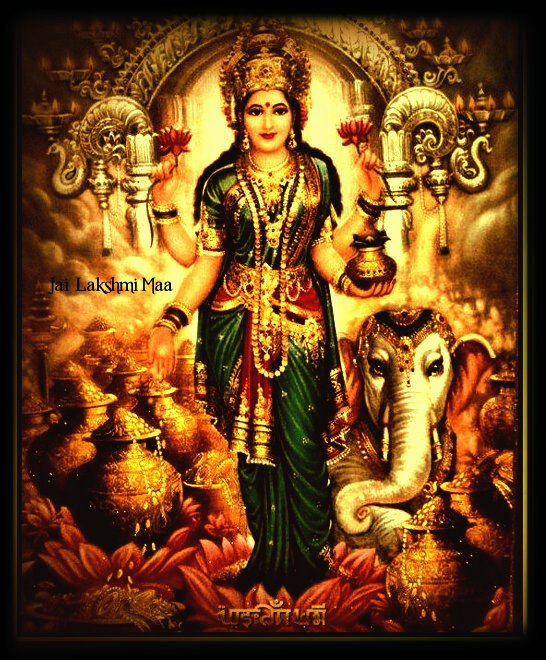
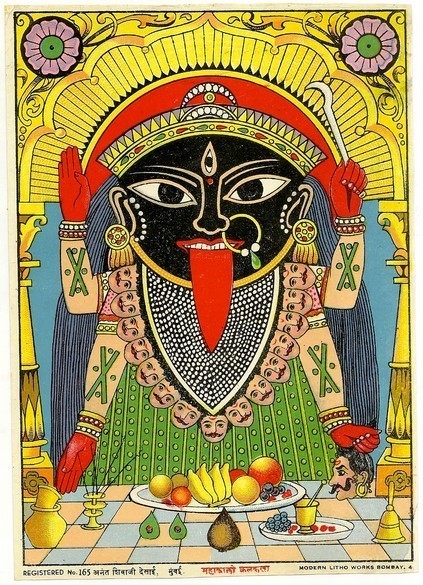
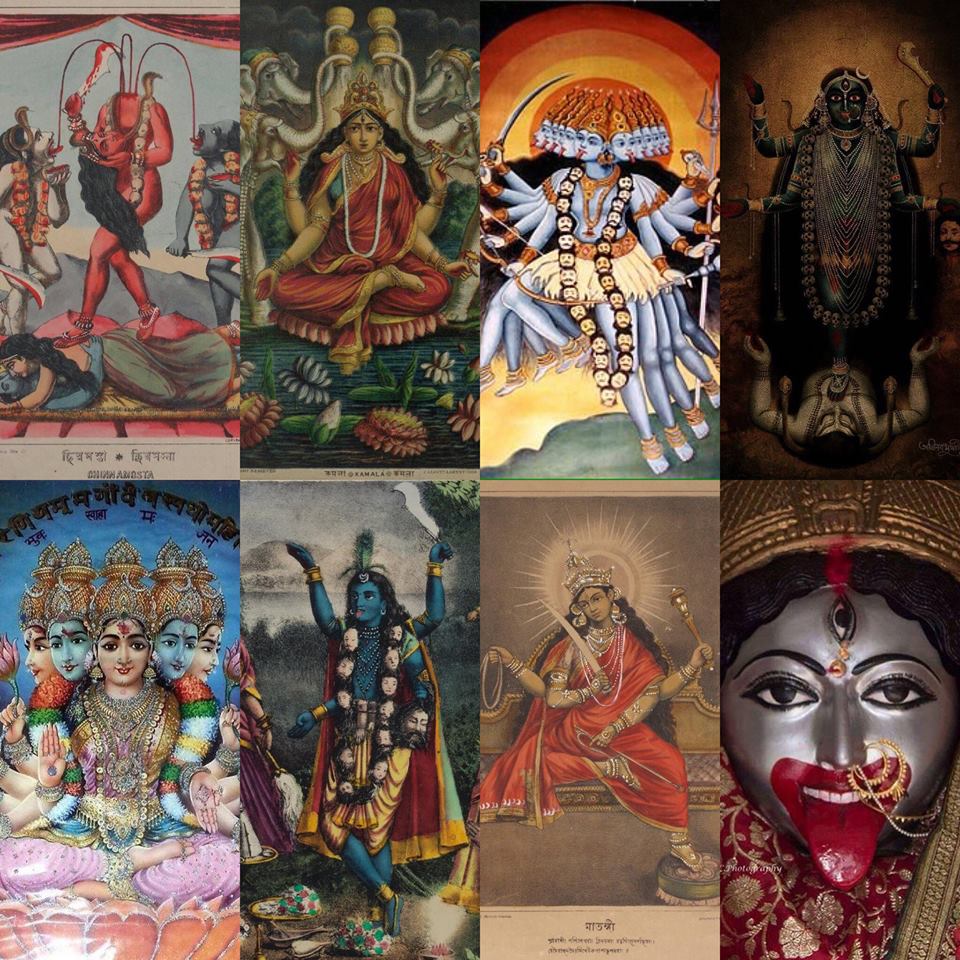
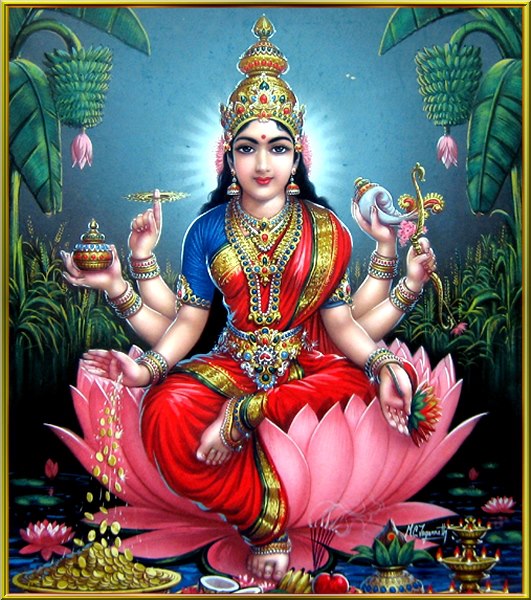
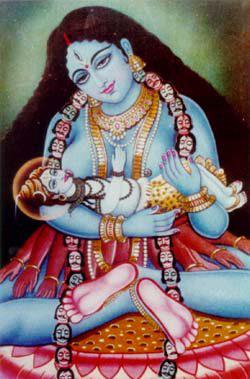
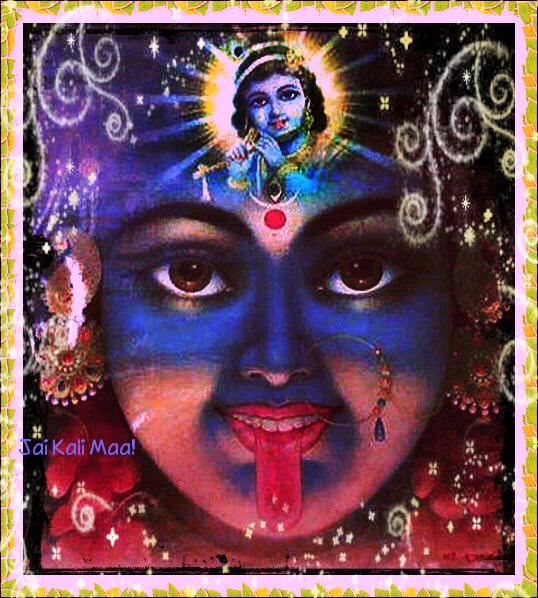
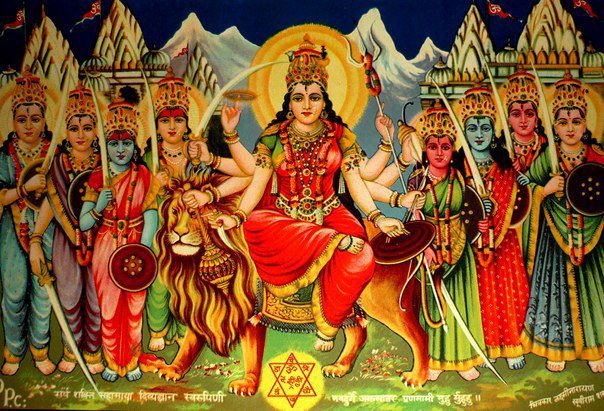
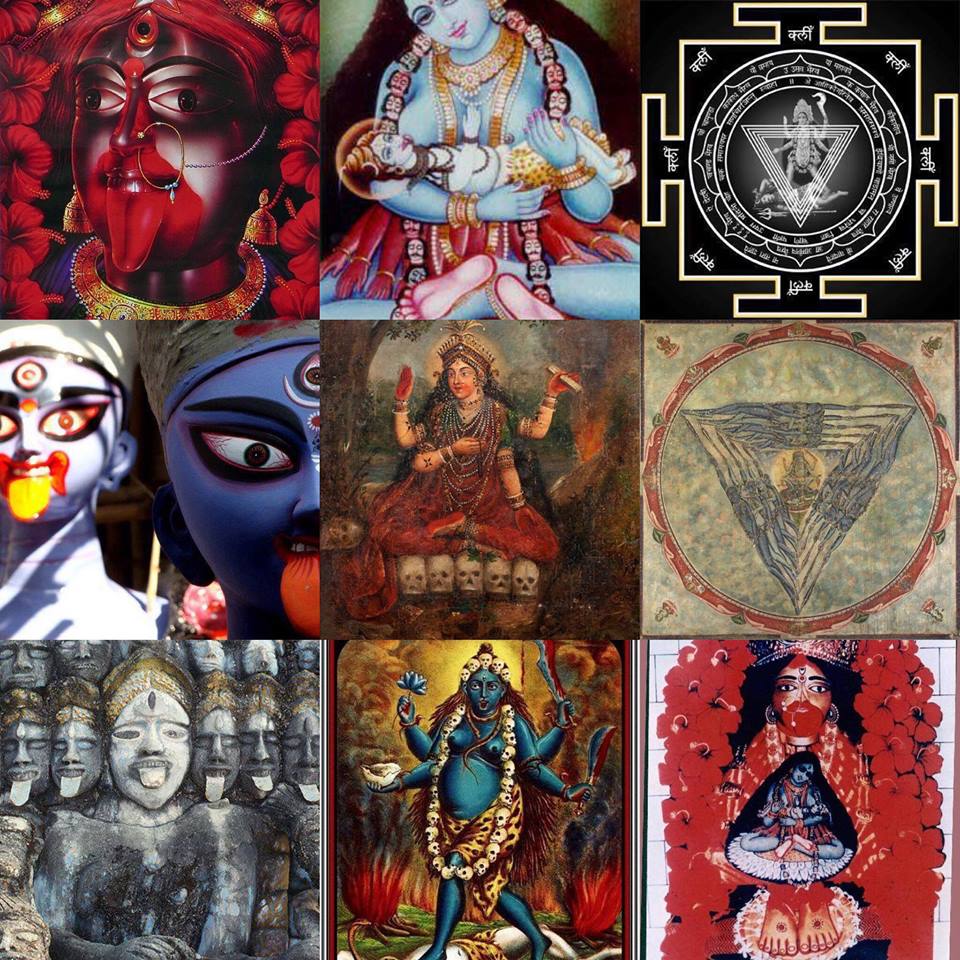
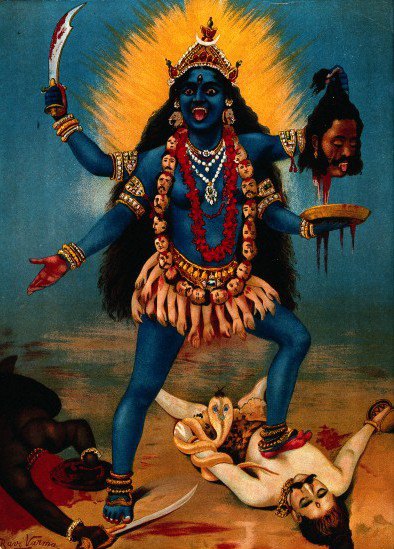
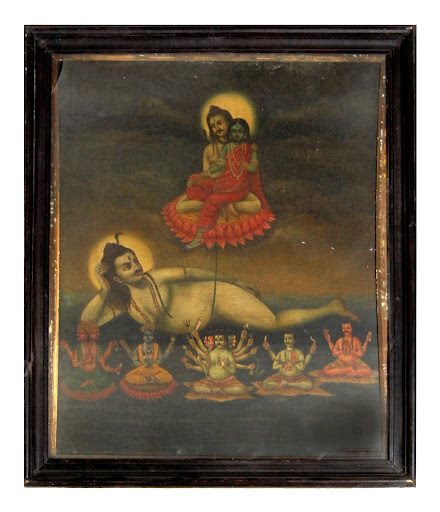
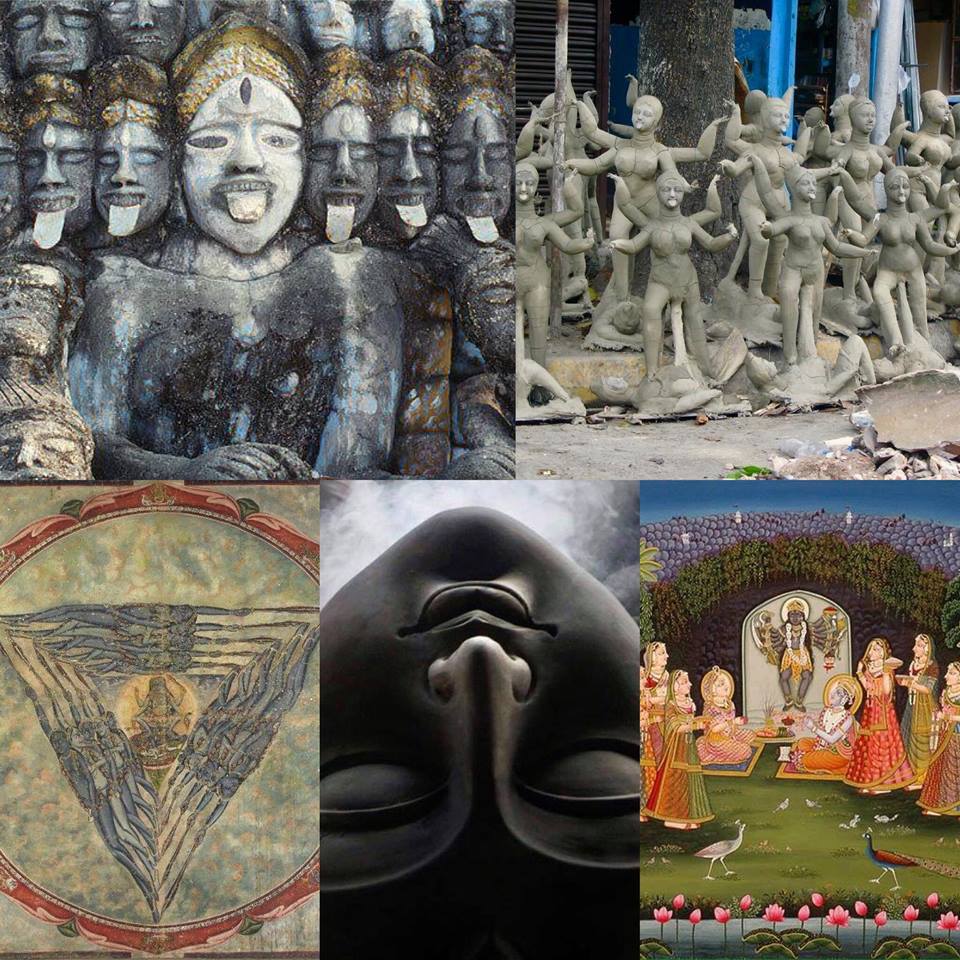
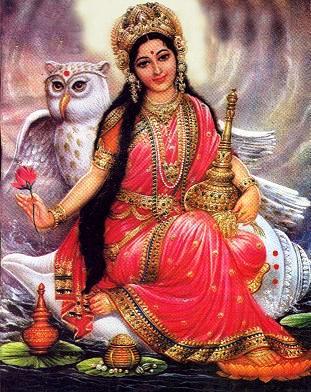
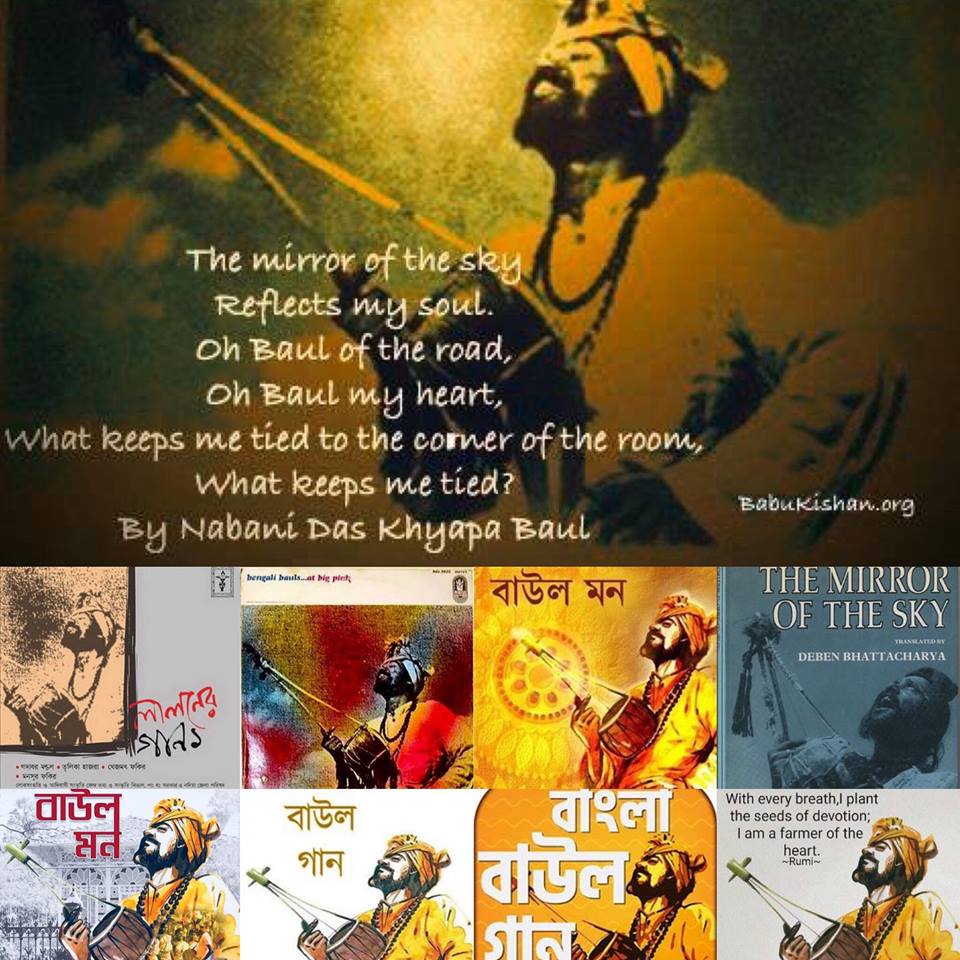
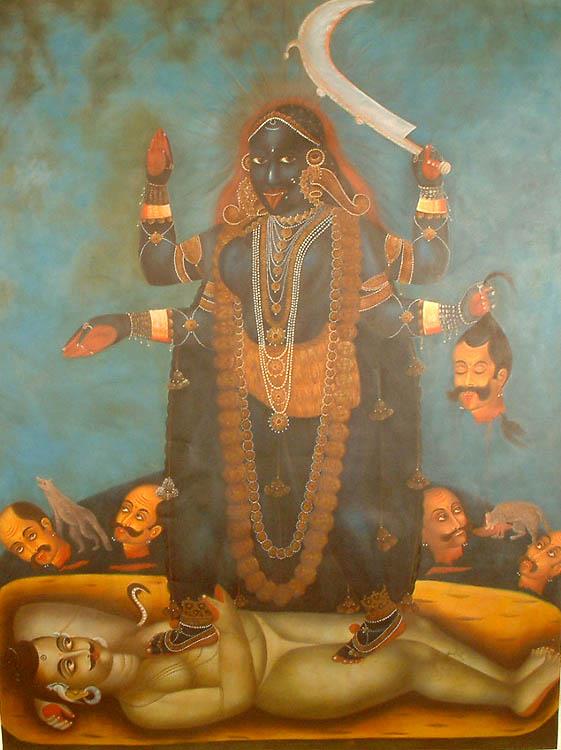
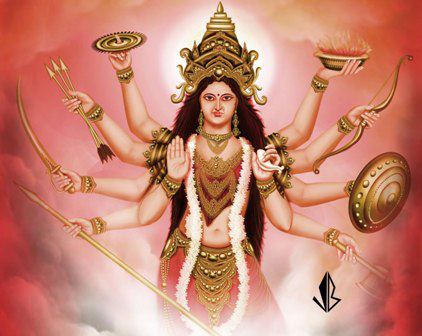
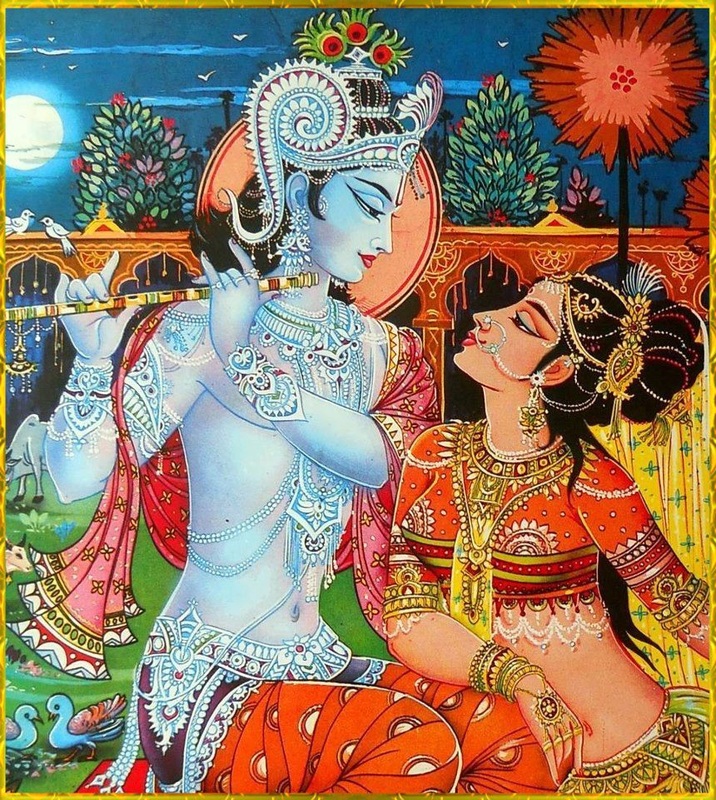
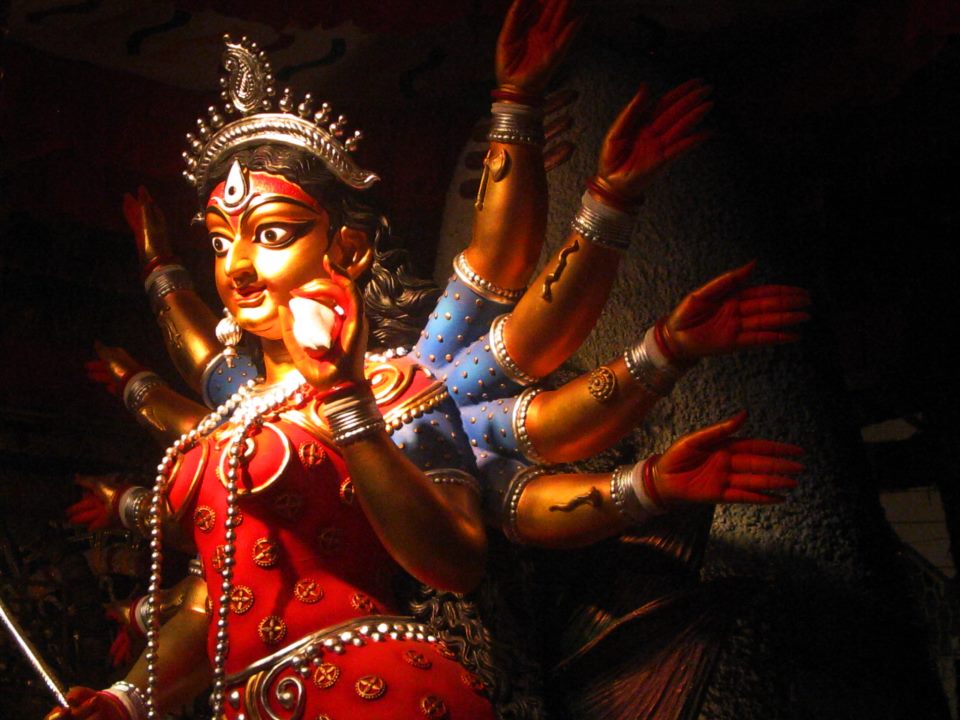
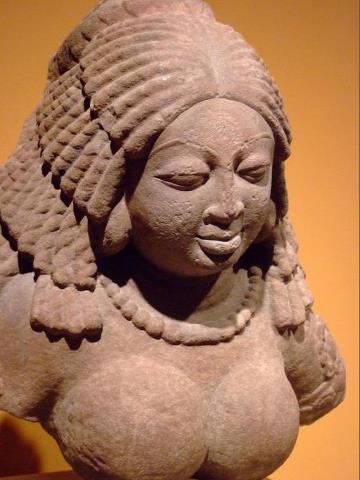
 RSS Feed
RSS Feed
